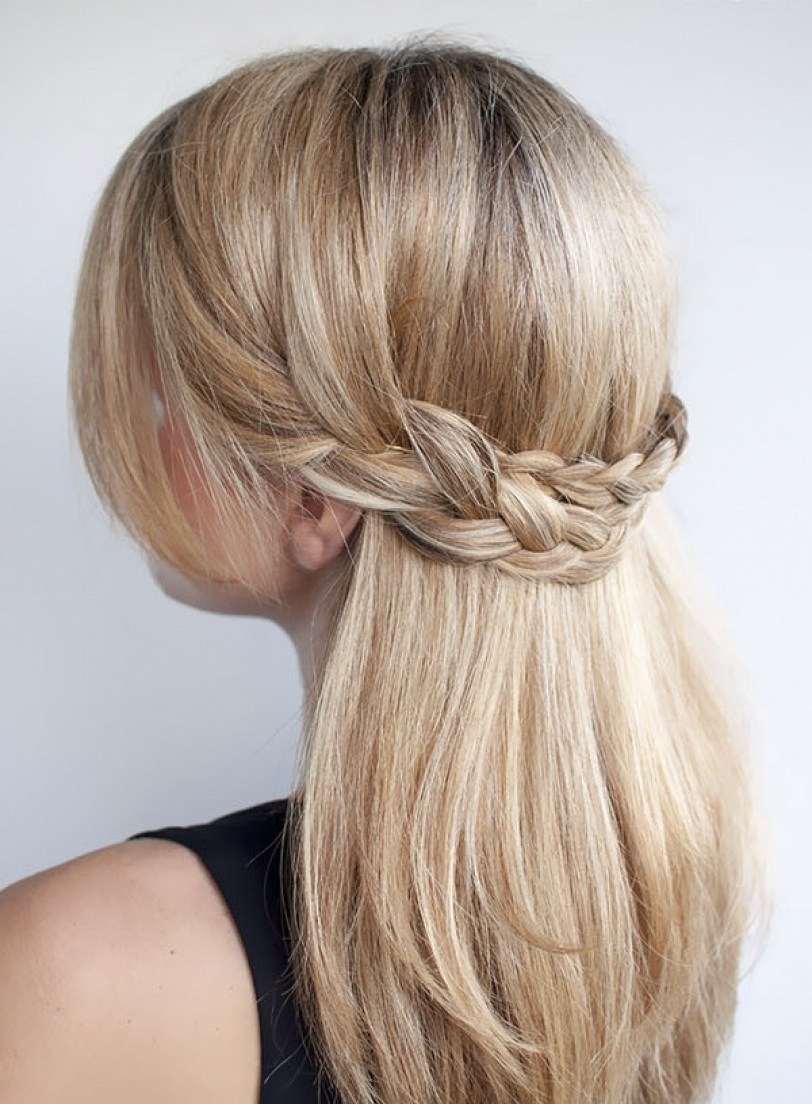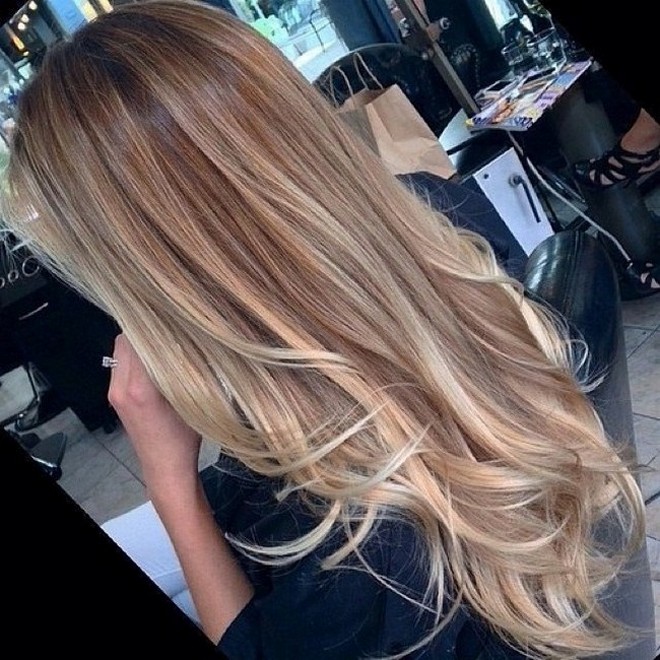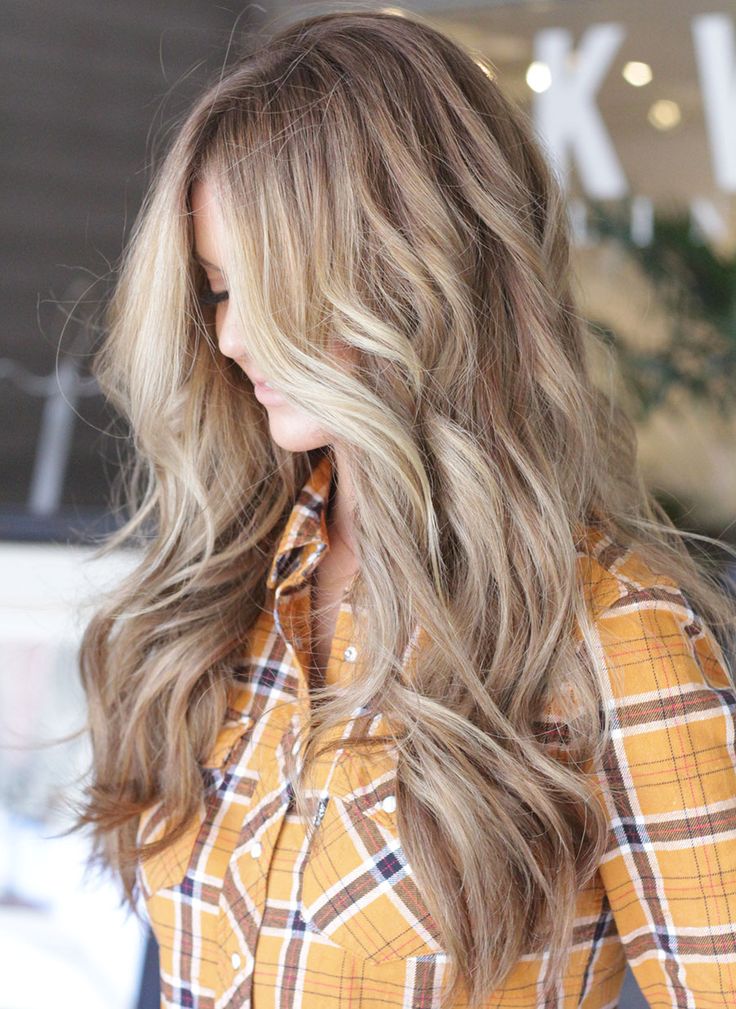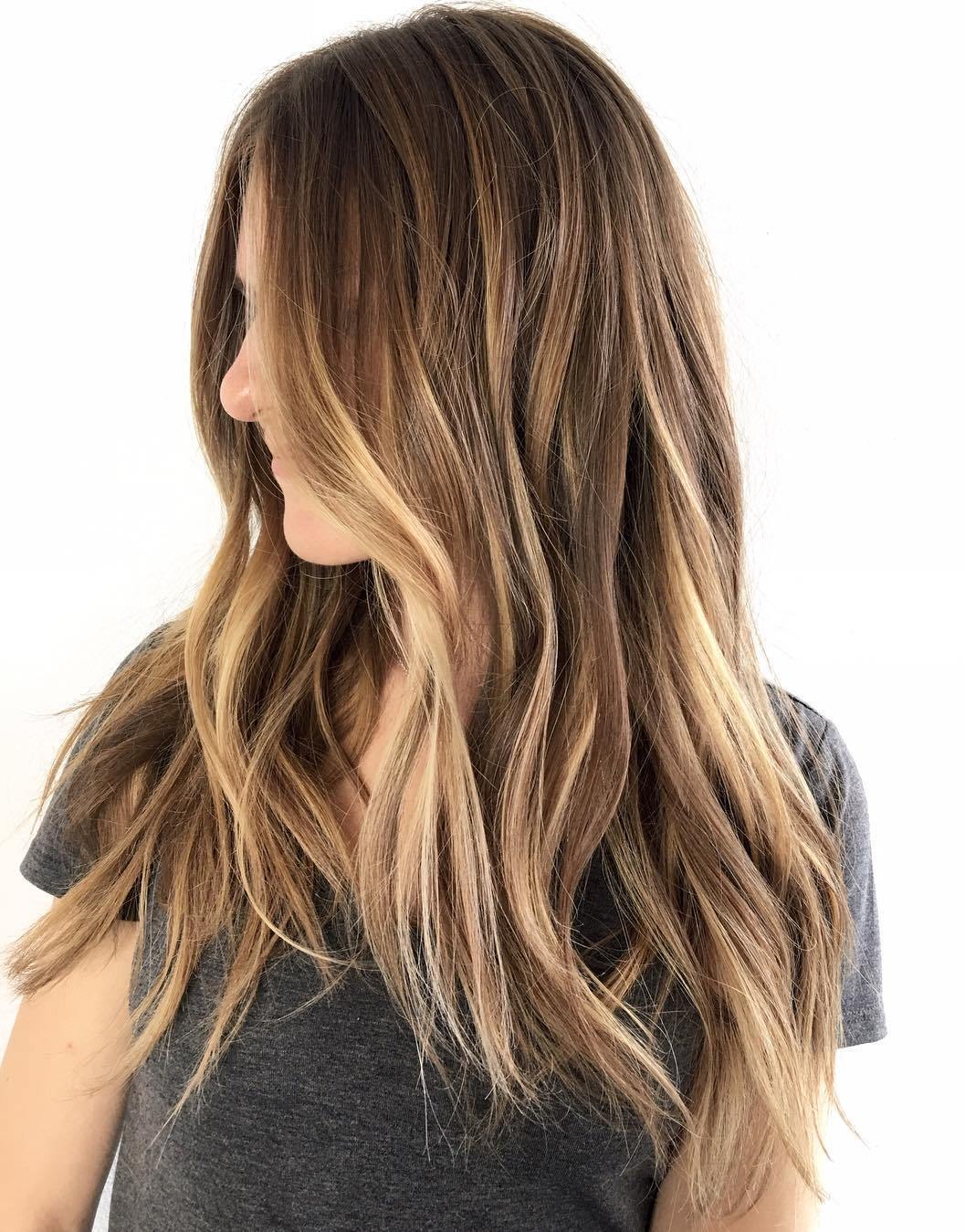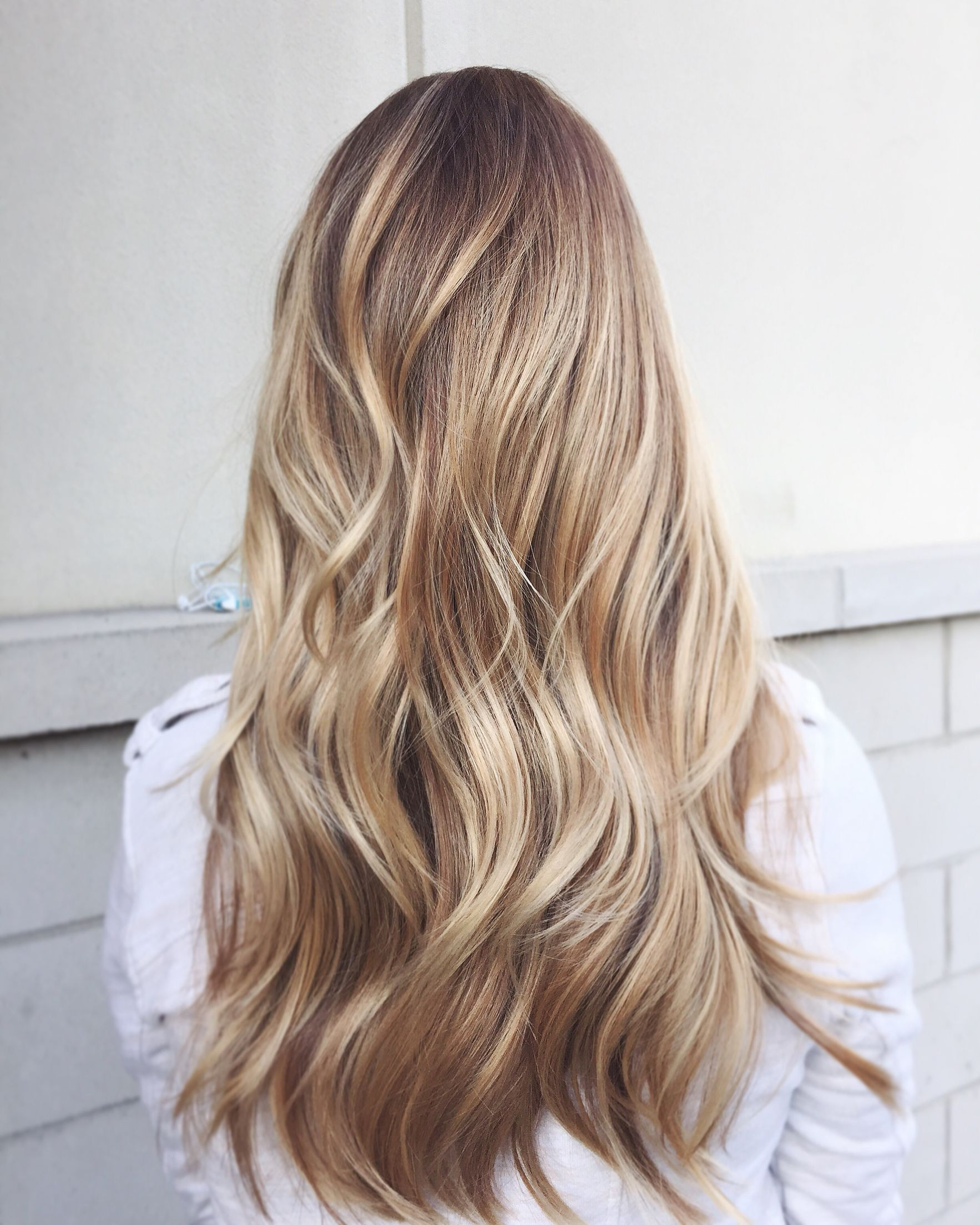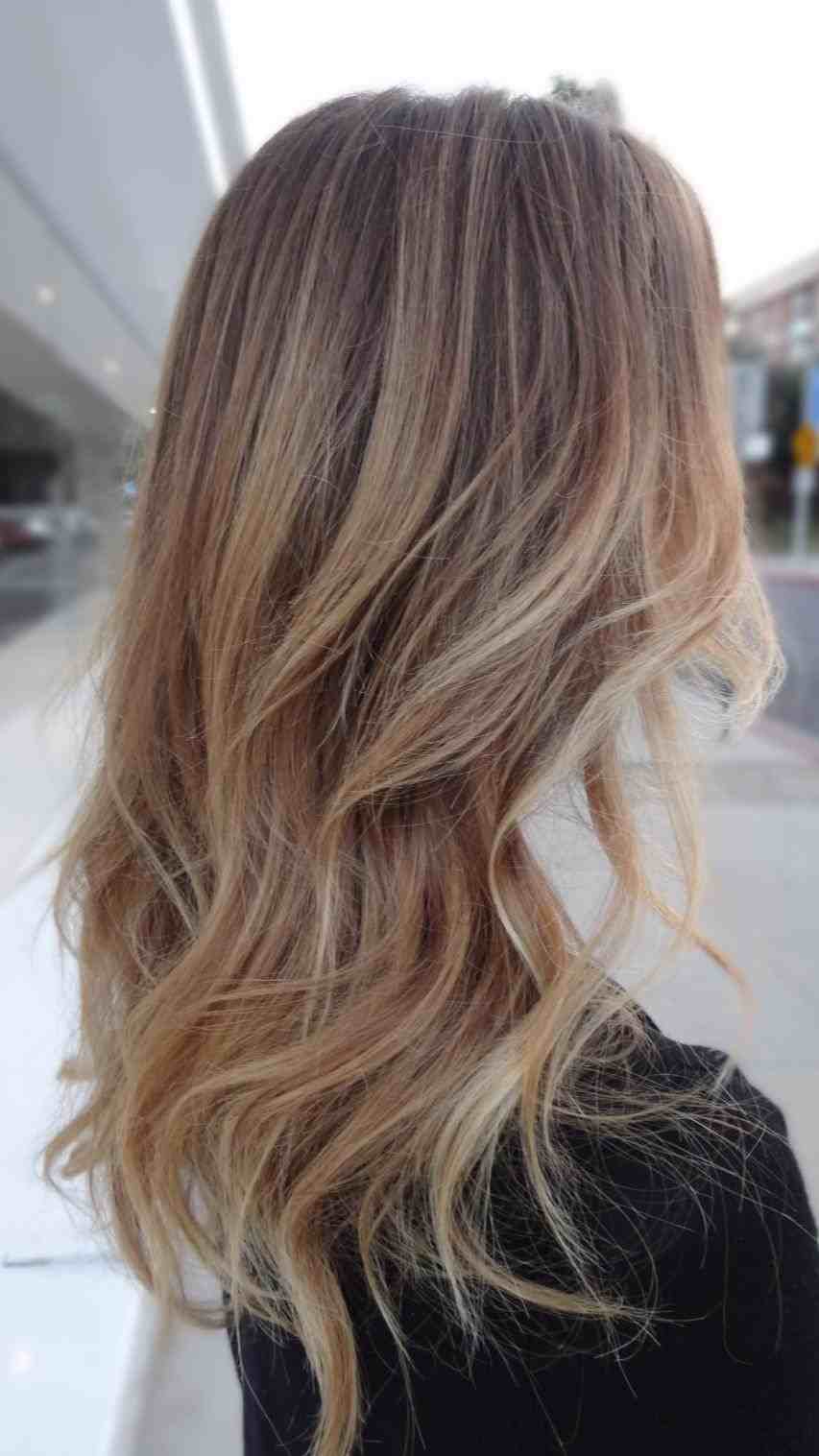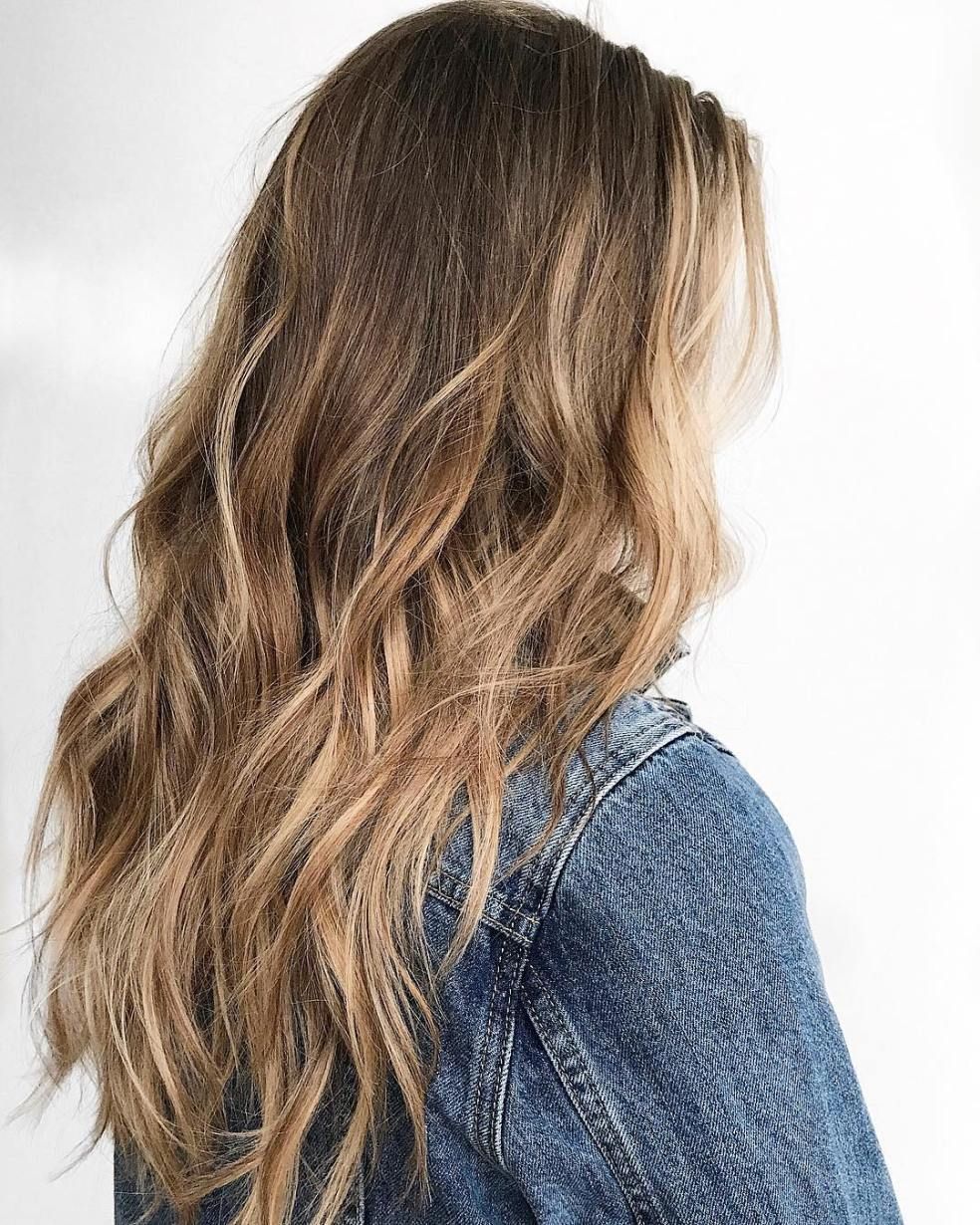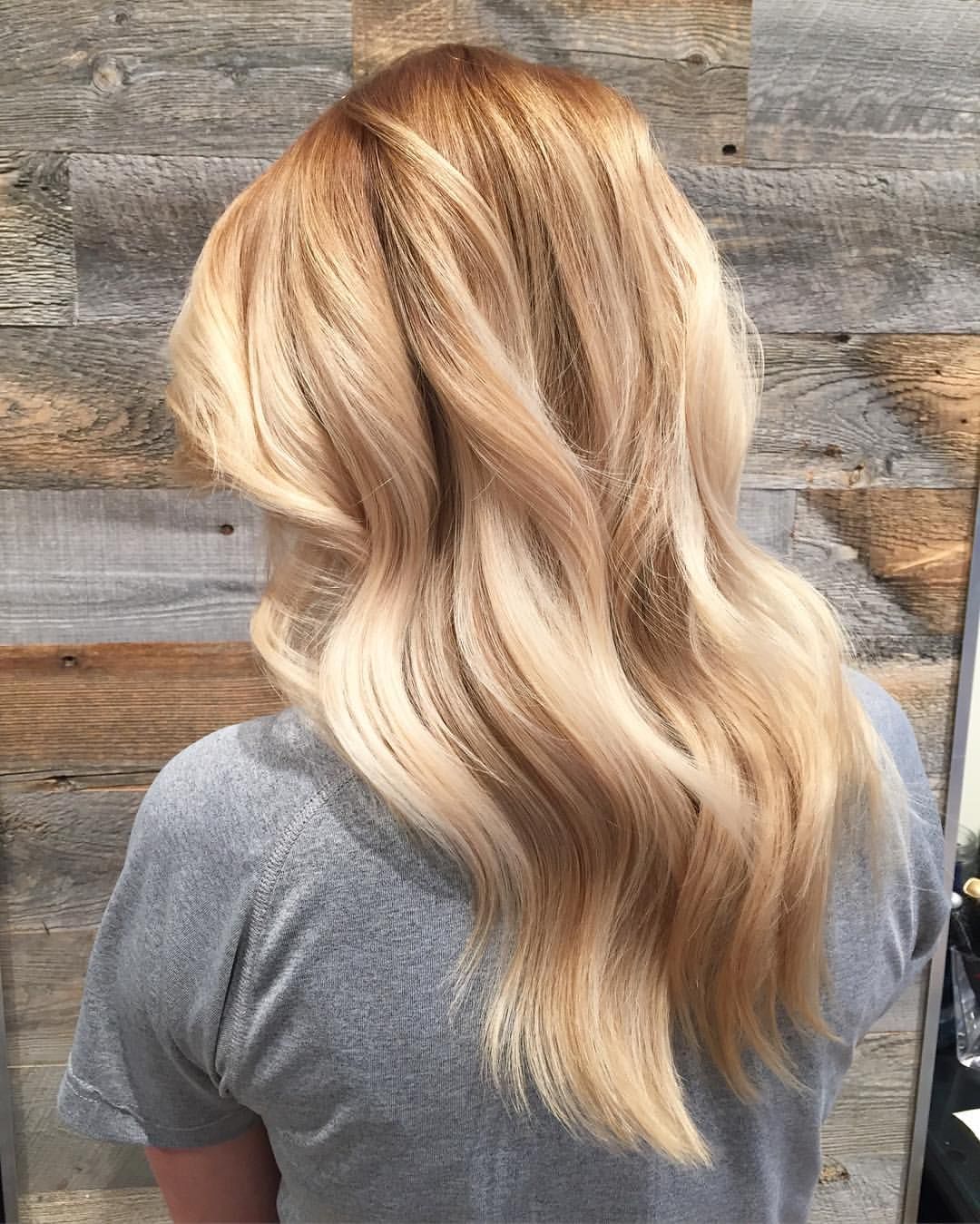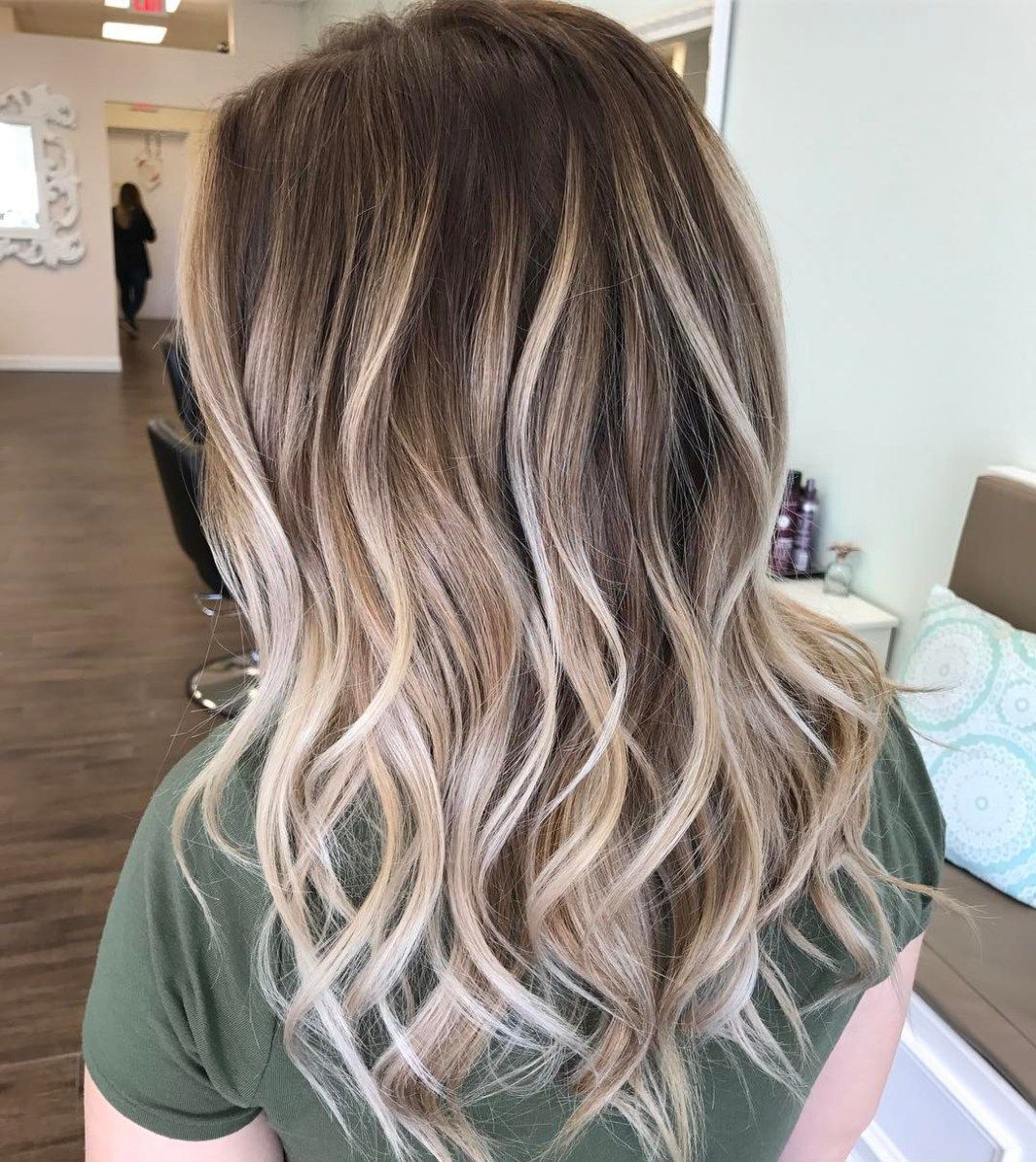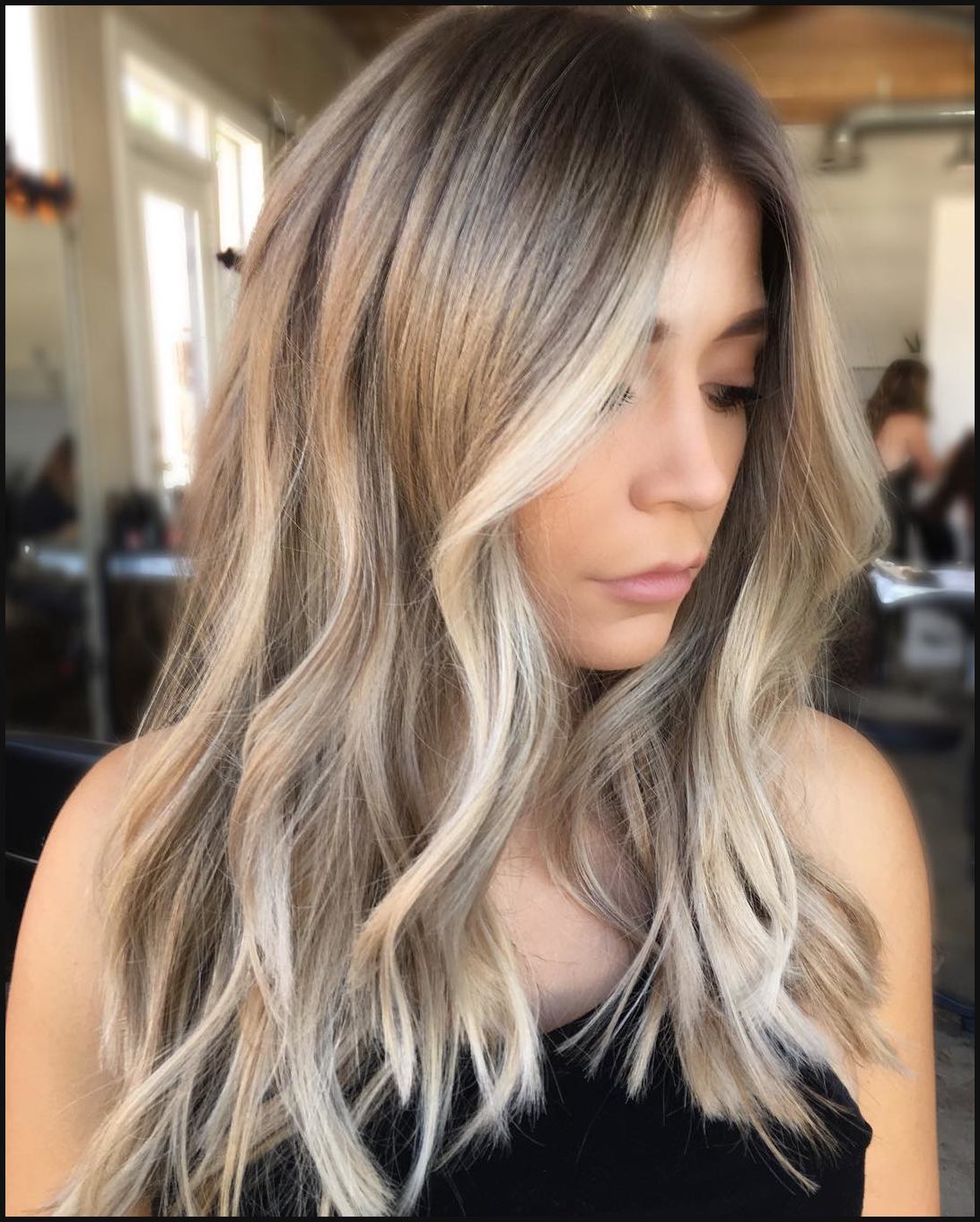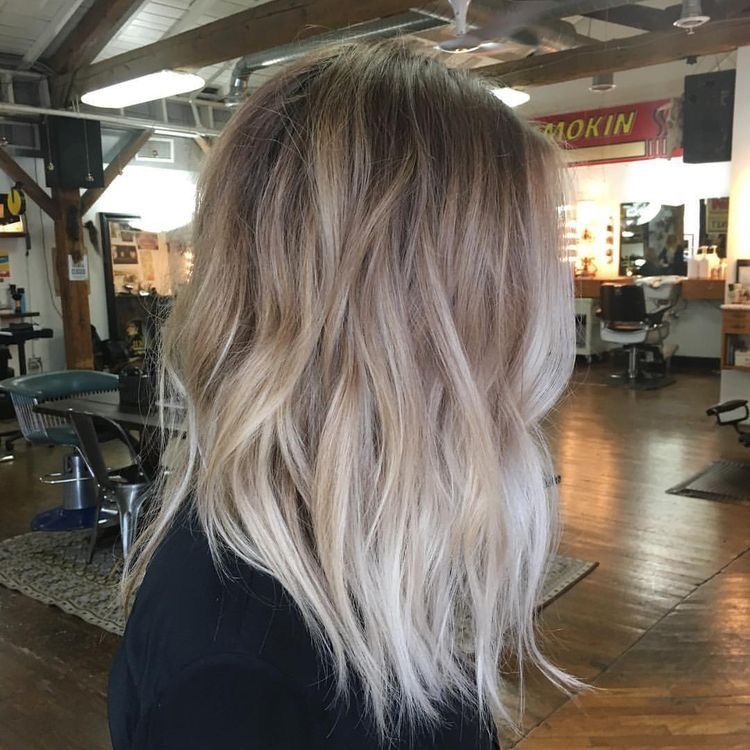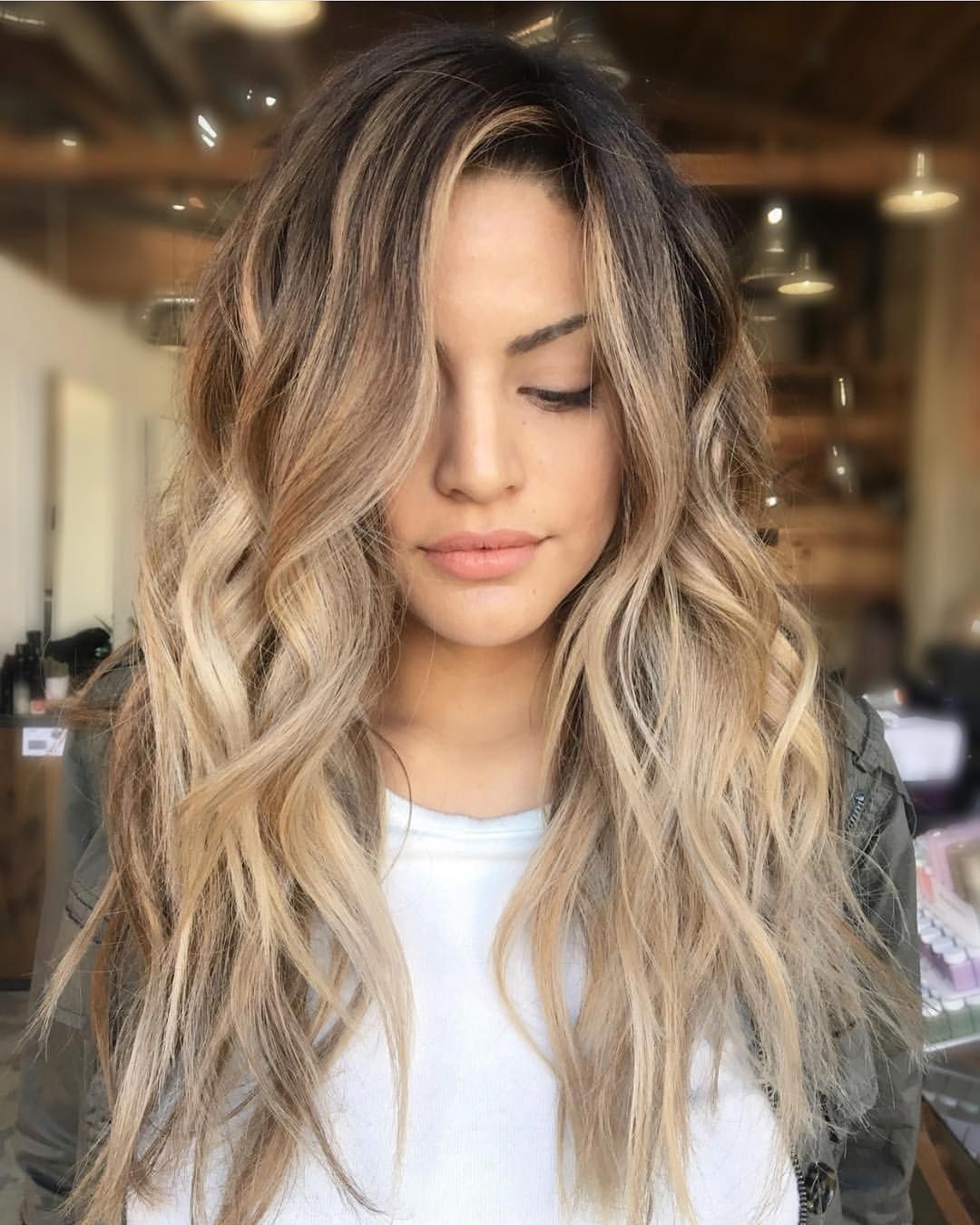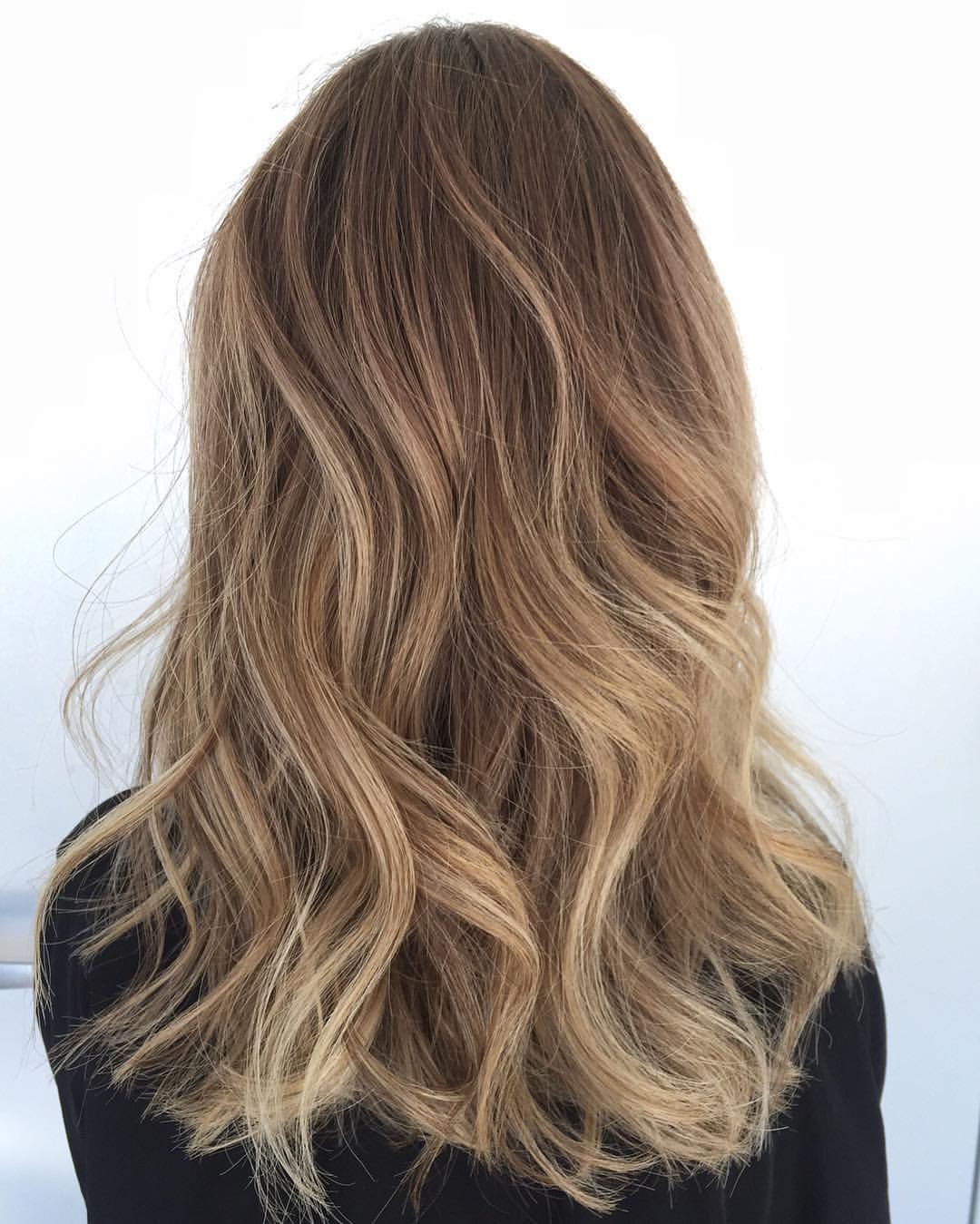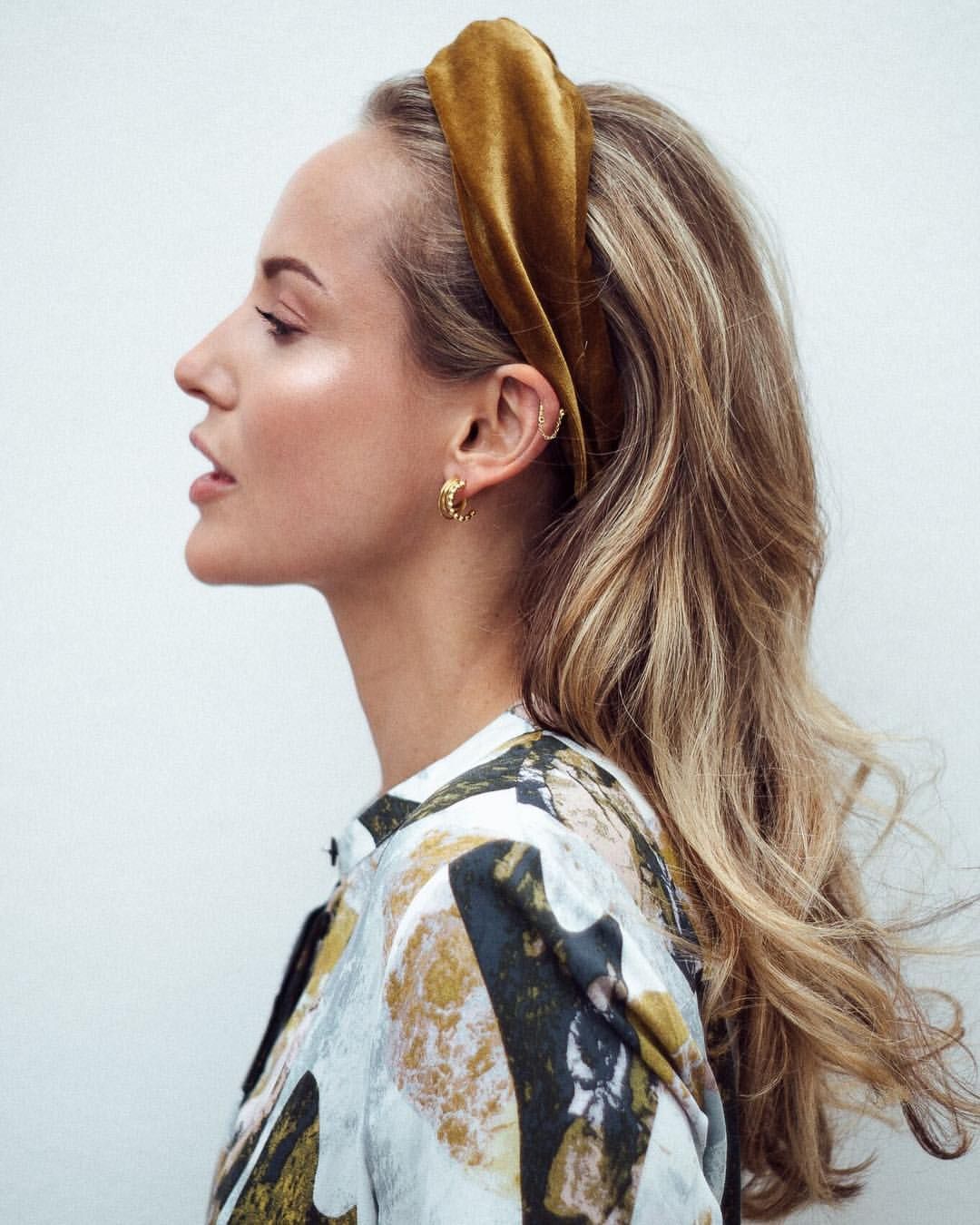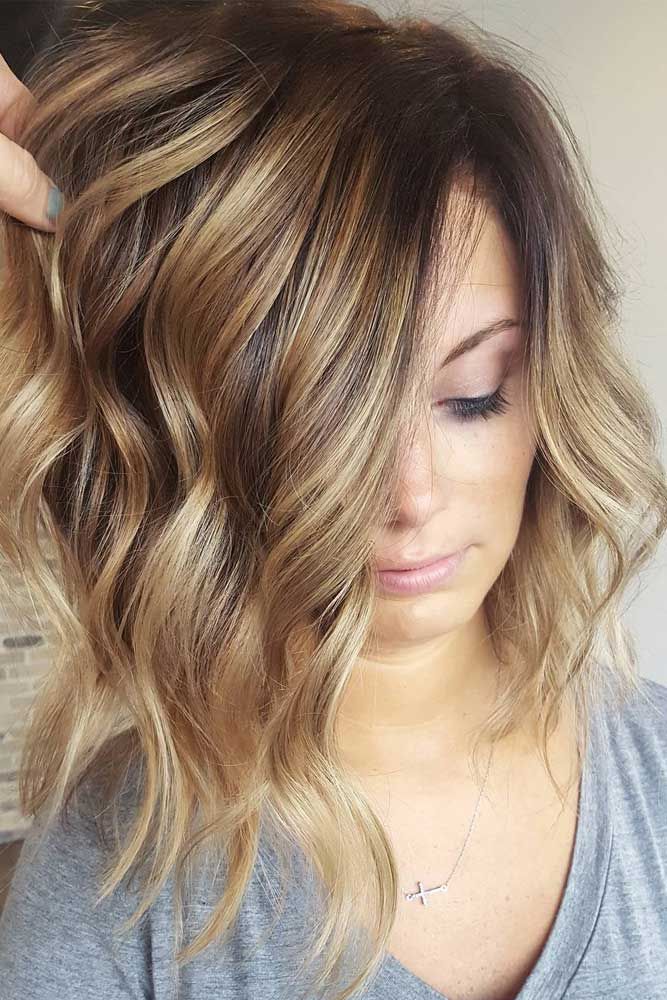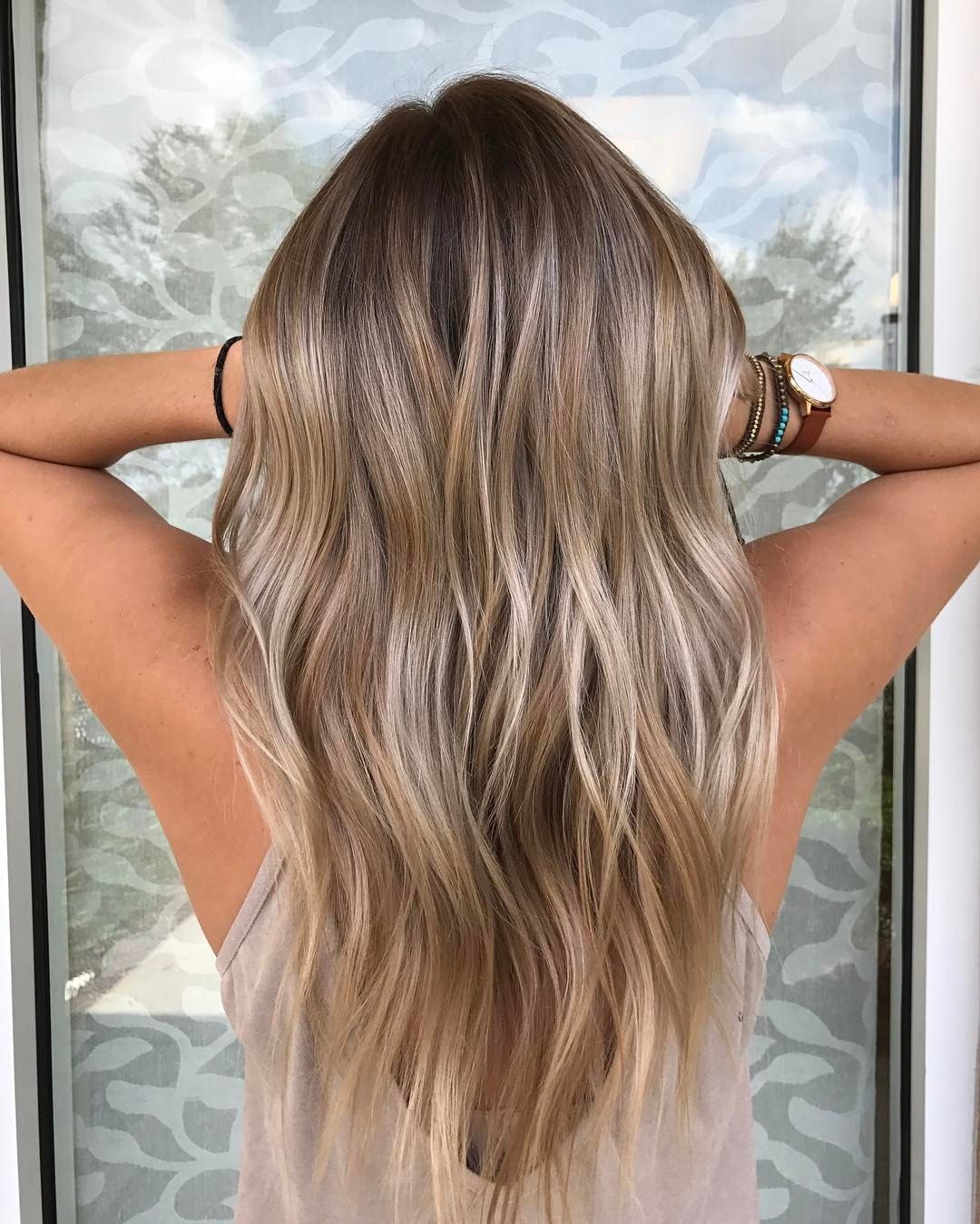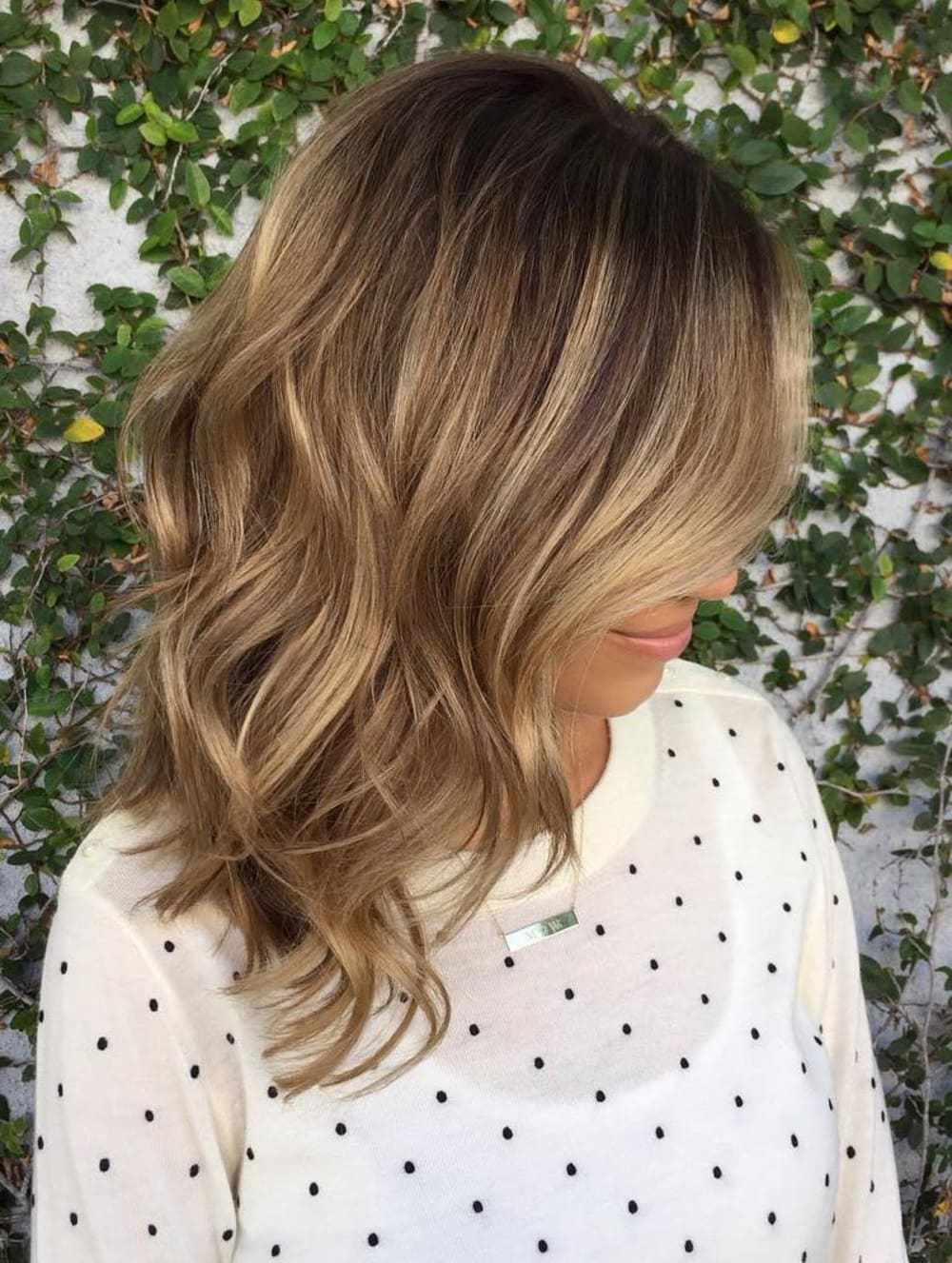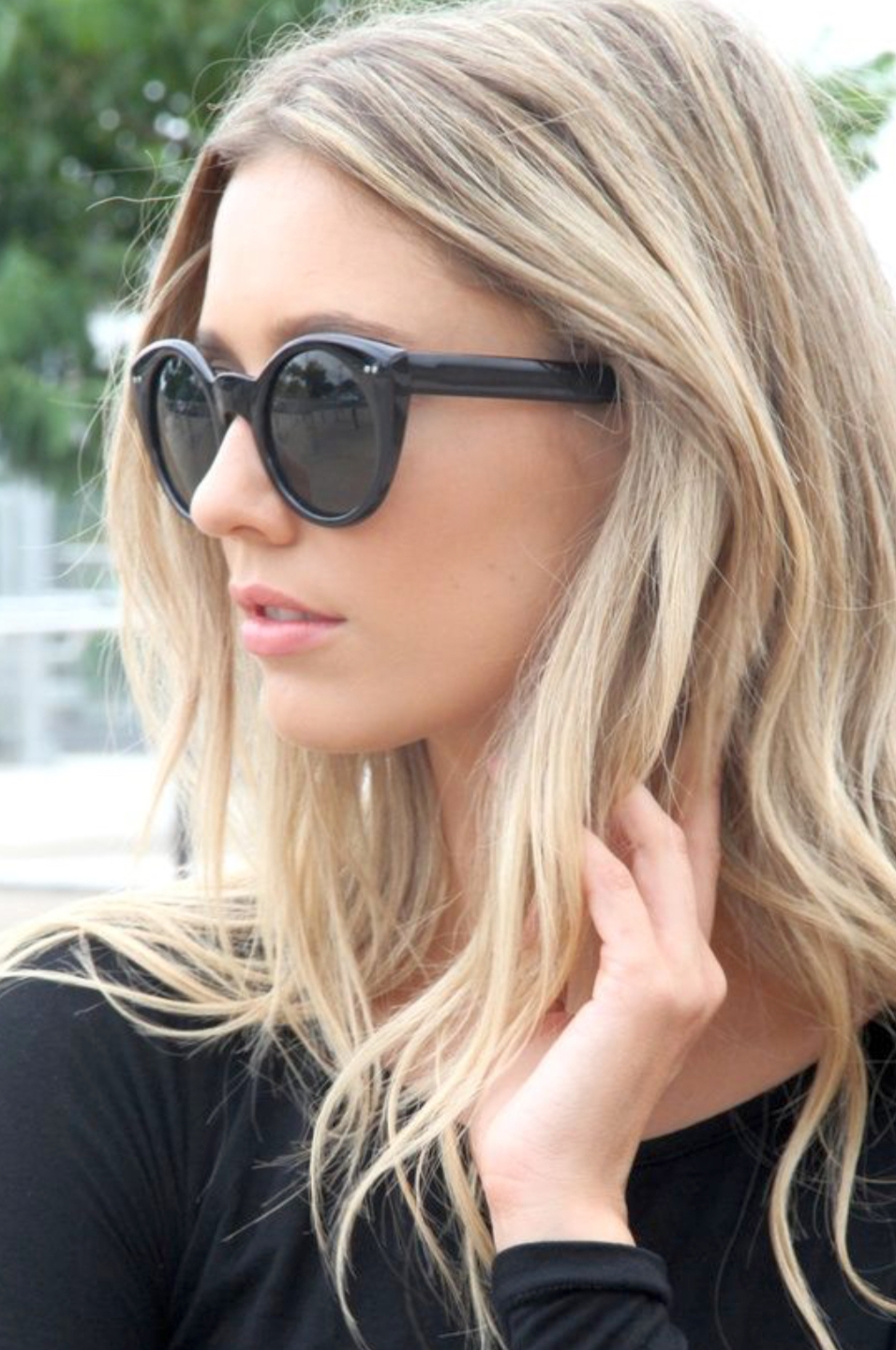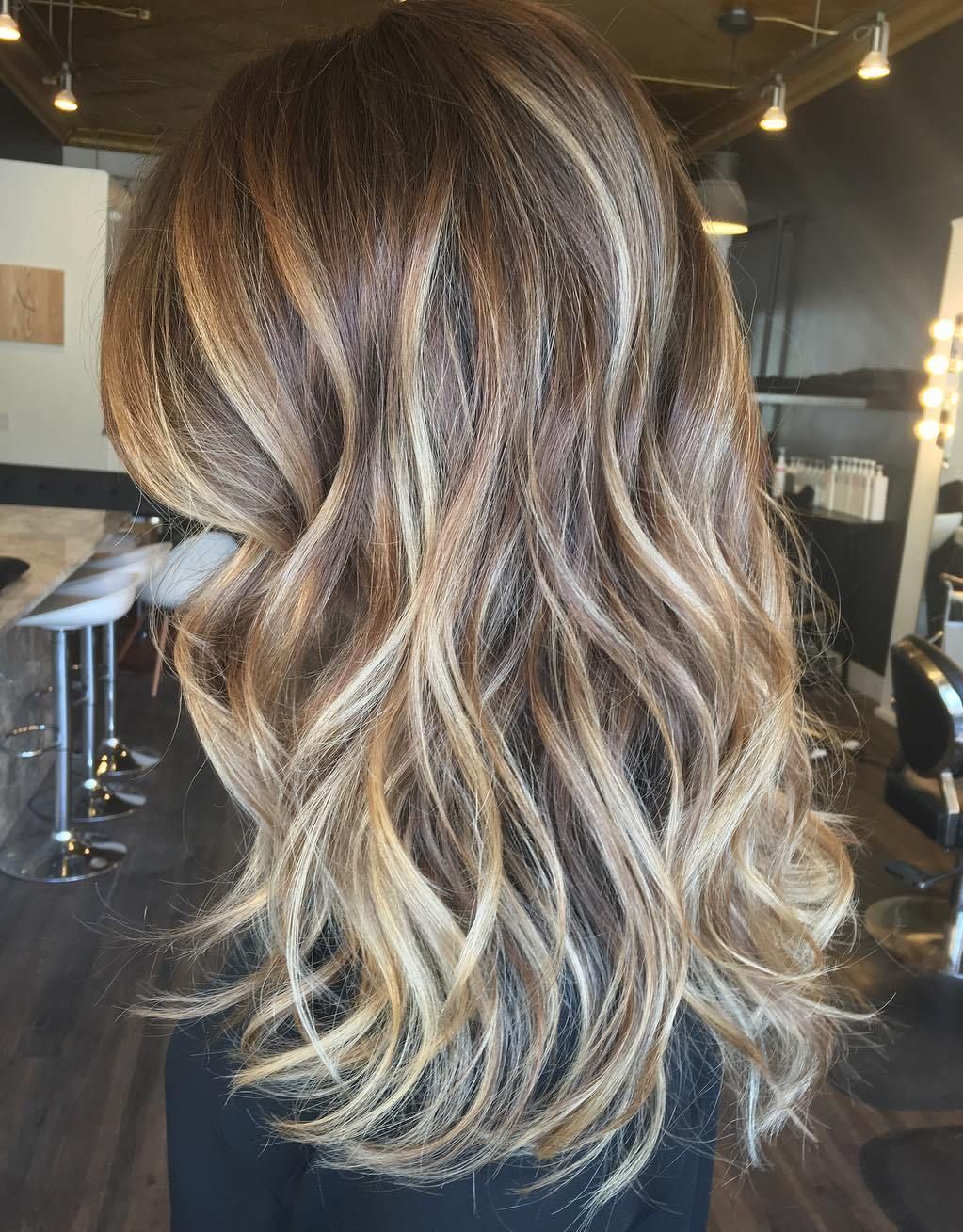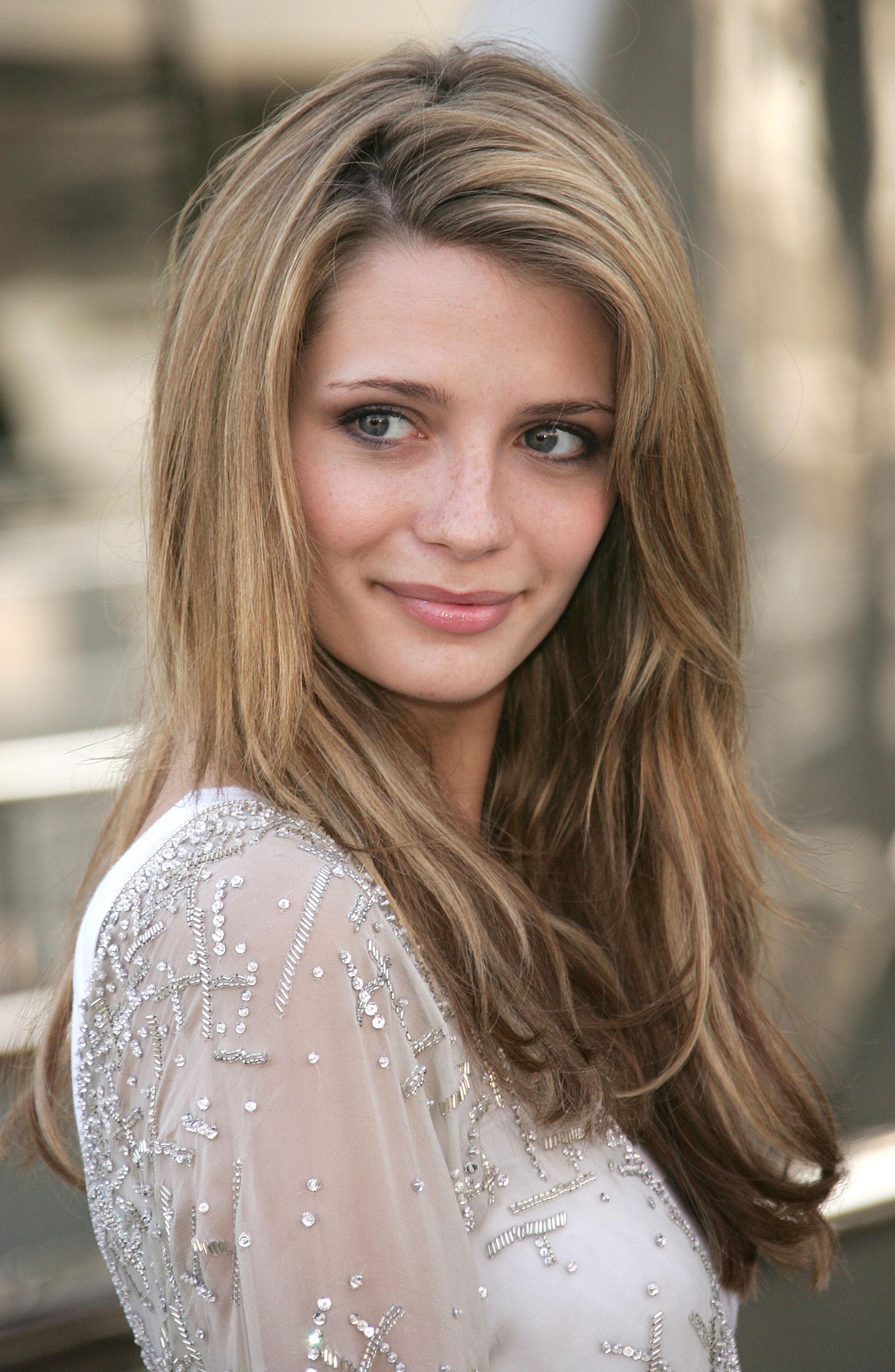
Why is brown hair so attractive to modern girls? The fact is that artificial hair (wigs, hairpieces and just plug-in strands) dyed in poisonous shades has been replaced by the fashion for naturalness and natural colors. And it is not so important whether this color is given by nature, or obtained by staining, the main thing is to choose your own semitone, suitable for the color type of appearance and skin tone. Fortunately, all the possibilities are now open for this. Light brown and its variations are simple to perform, but it is quite whimsical. That is why we have prepared for you a number of recommendations regarding the paint options applicable to it.
Content
- Varieties of shade
- Staining rules
- Options for fashionable painting methods
- The choice of paint: the main criteria
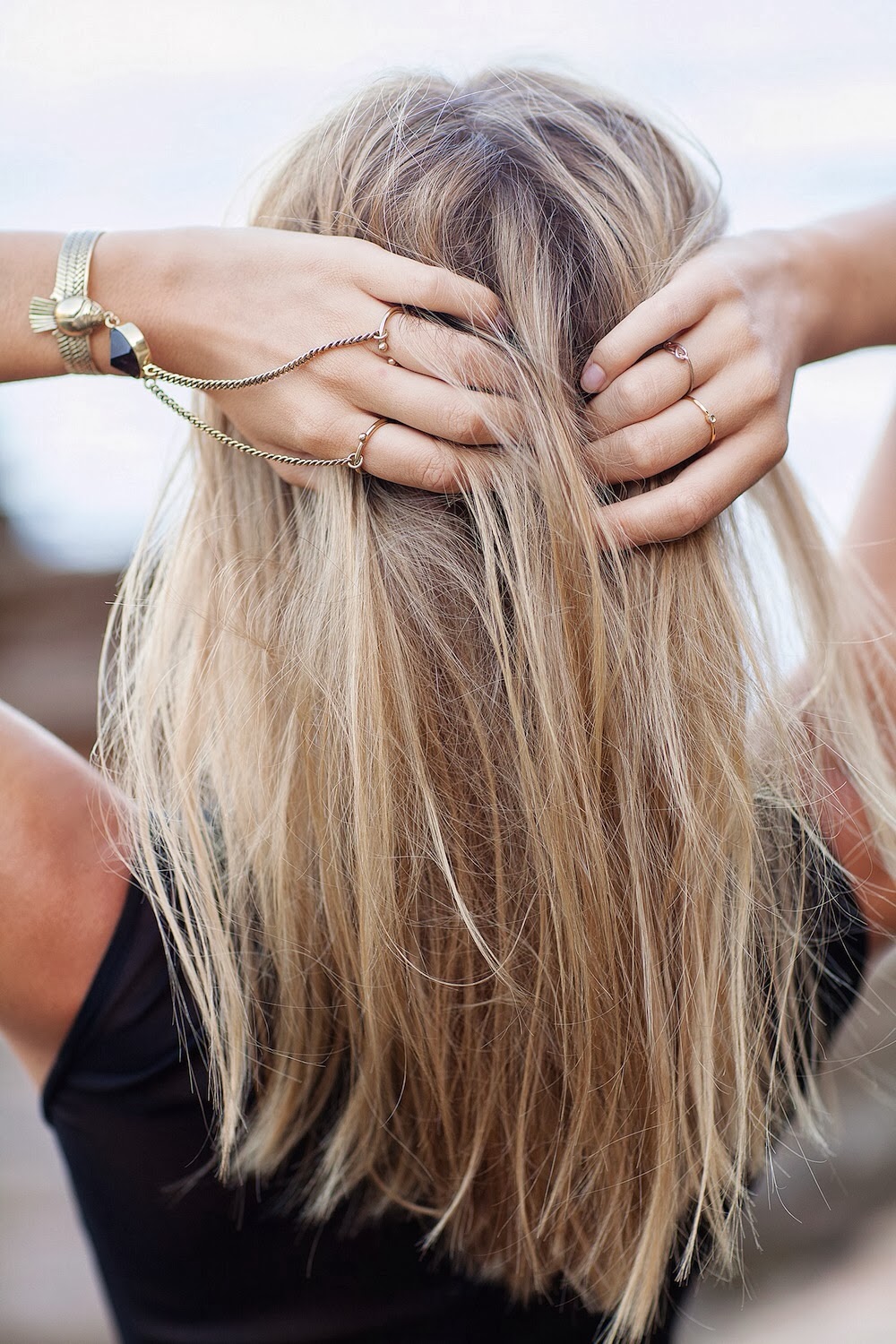
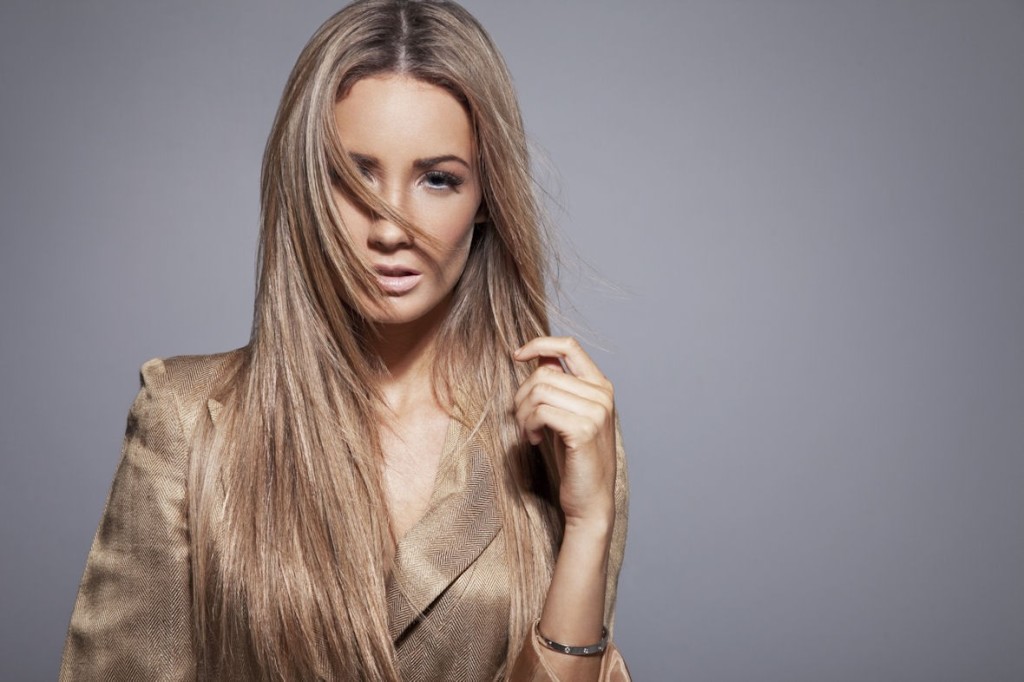
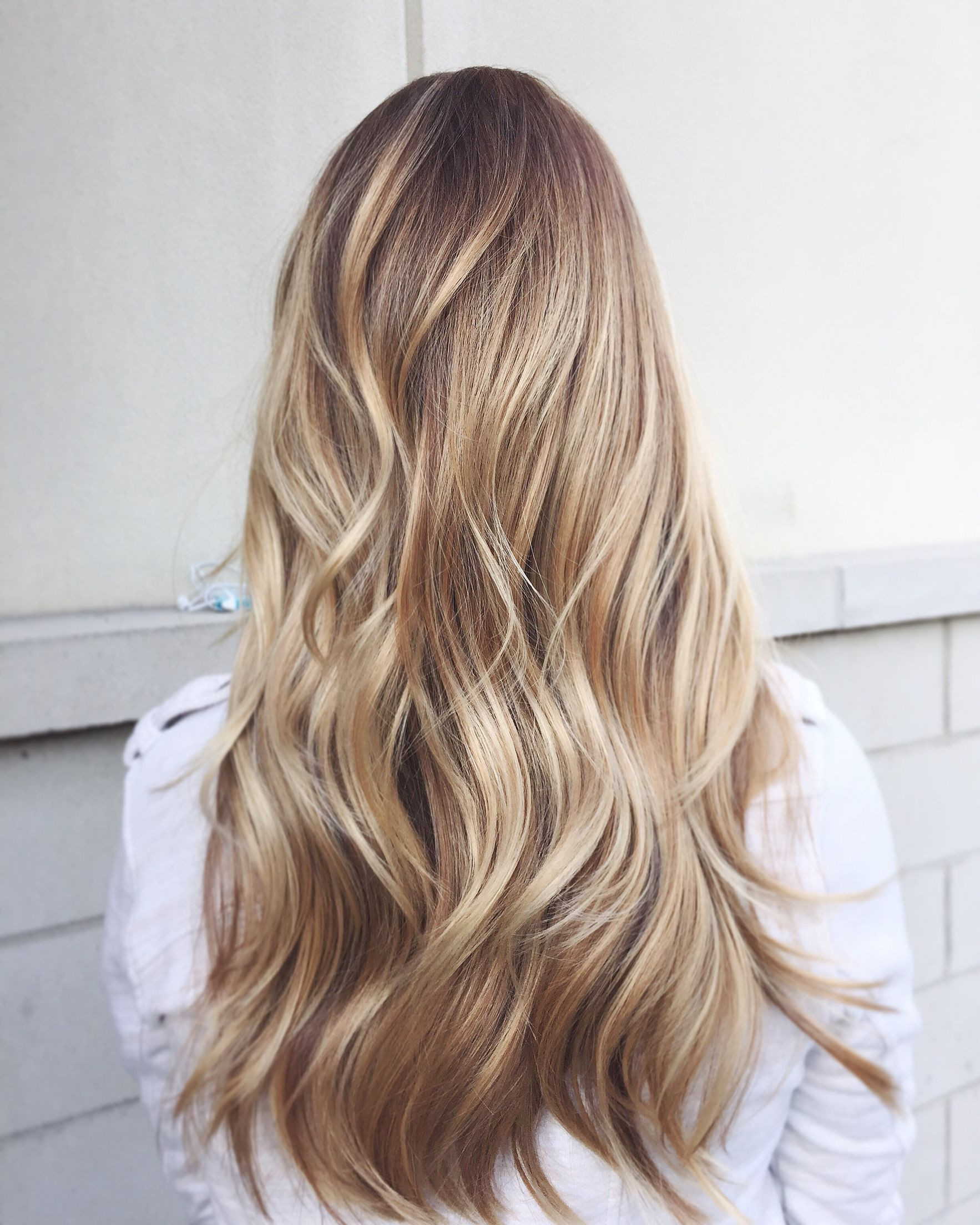
Varieties of shade
Light, medium or dark blond - the initial tone of the hair is unimportant, it is important that the owner carefully cares for the curls and, if desired, repainted, does not ruin them with frequent, but unprofessional attempts.
Interesting! Just like fair skin, such cosmes are incredibly sensitive to temperature extremes, weather conditions, water and shampoo quality, and many other external conditions. The main sign of proper care and health is considered to be shine, radiance and thickness of the hairstyle. With any missteps, the hairs become brittle, split, fall out.
In general, light brown can be divided into three categories:
- dark - this includes mocha, chocolate, dark blond, chestnut;
- light, in particular beige, wheat, light blond, platinum blonde etc.;
- medium blond - intermediate values fall into this subgroup.
Dark blond
Dark undertones are in harmony with a warm color type. Discreet, and due to this, a harmonious and even intelligent tone suits any skin type, except for very dark skin. In addition, it looks advantageous on older ladies, since it distracts the eye from age-related wrinkles and loss of elasticity.

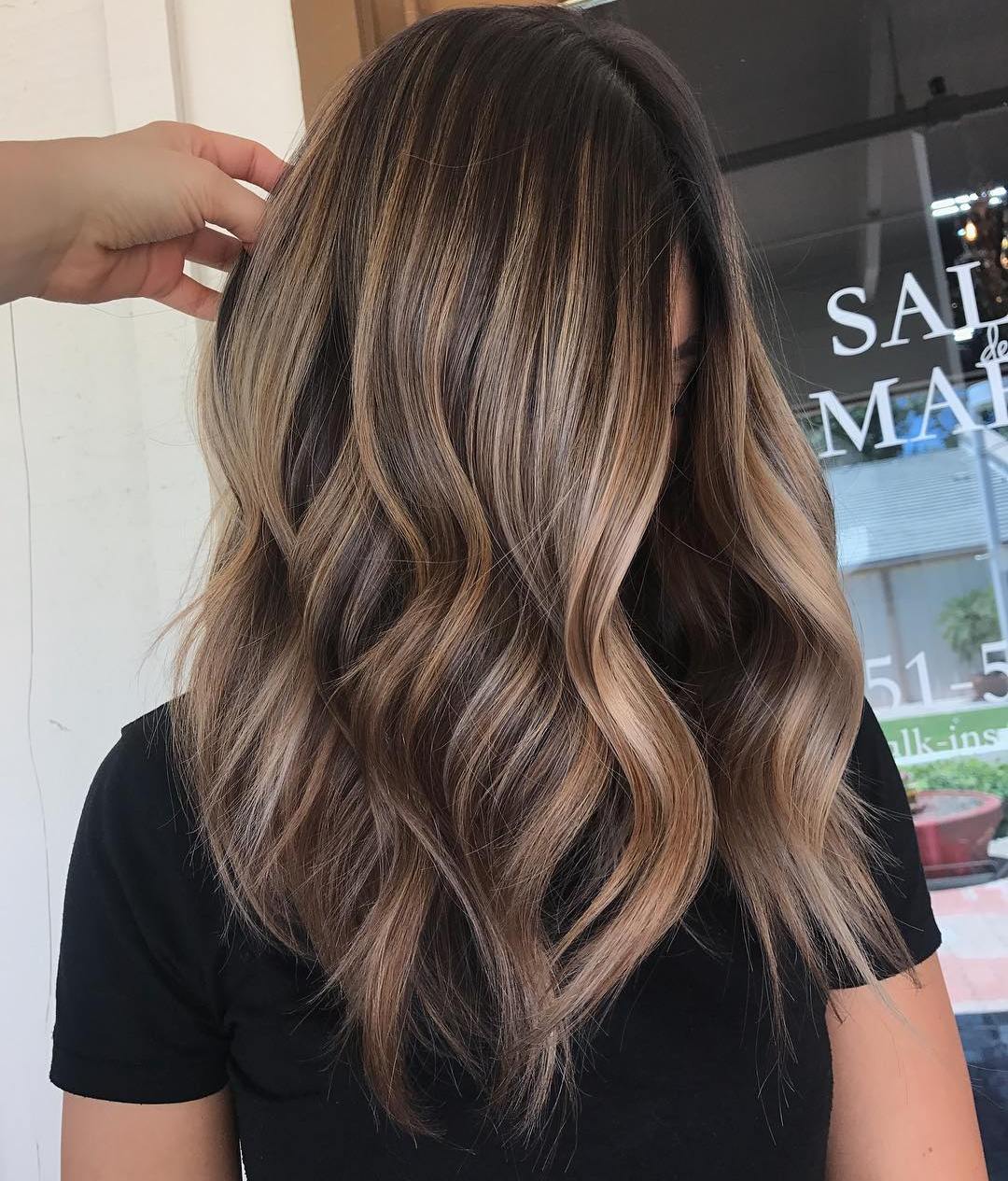
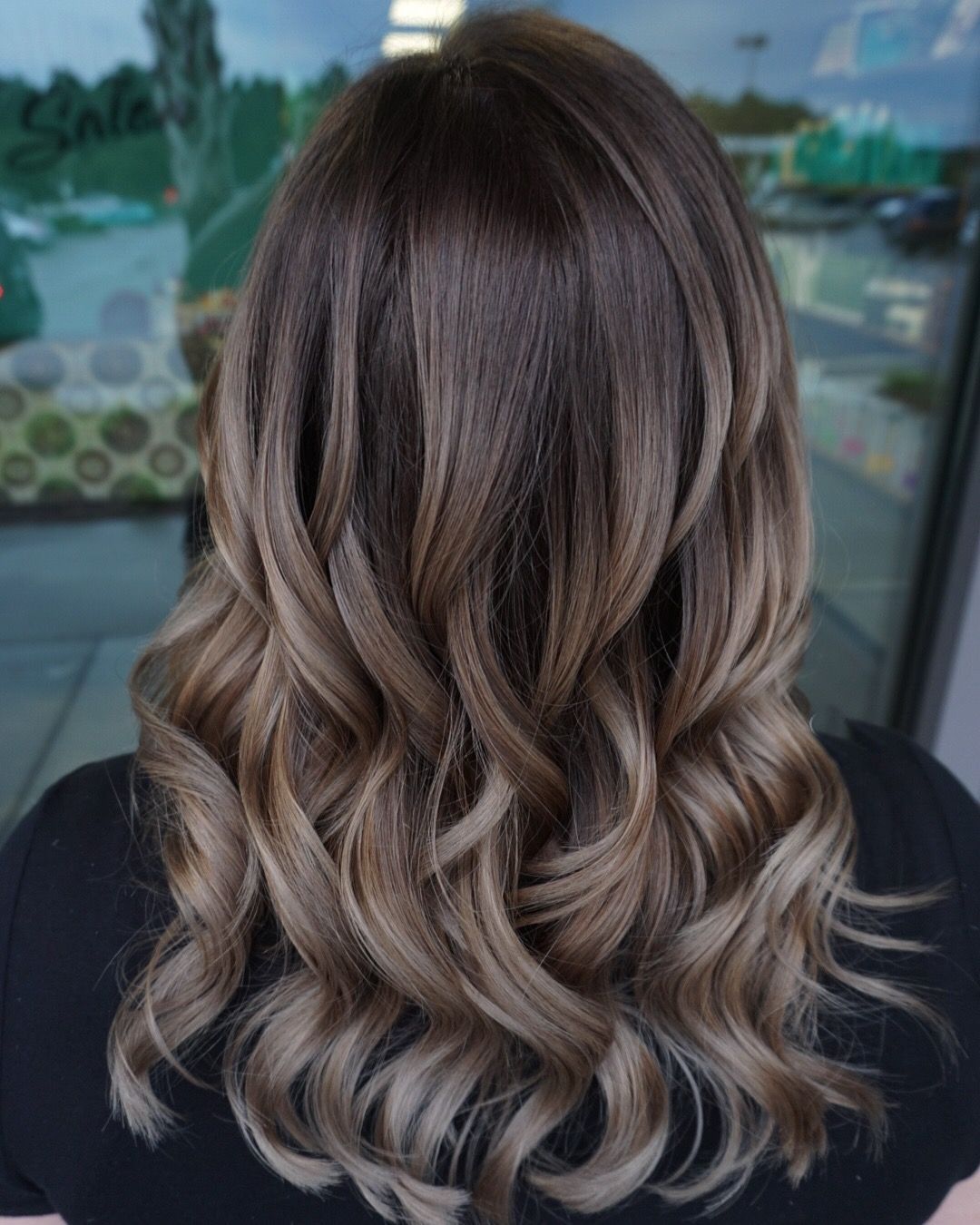
Advice!It is better for dark-skinned heartbreakers not to dwell on a rich blond with a cold ebb, he will play in the opposite direction and add extra years to the owner. Golden and chocolate notes, please.
Medium blond
This palette is rarely found in nature, but the lack of coloring agents in all sorts of halftones in the distant past. Samples from this range are combined with both warm and cold color types. Brunettes often choose medium blond to lighten a couple of positions, and blondes, on the contrary, to give depth and naturalness to the image.

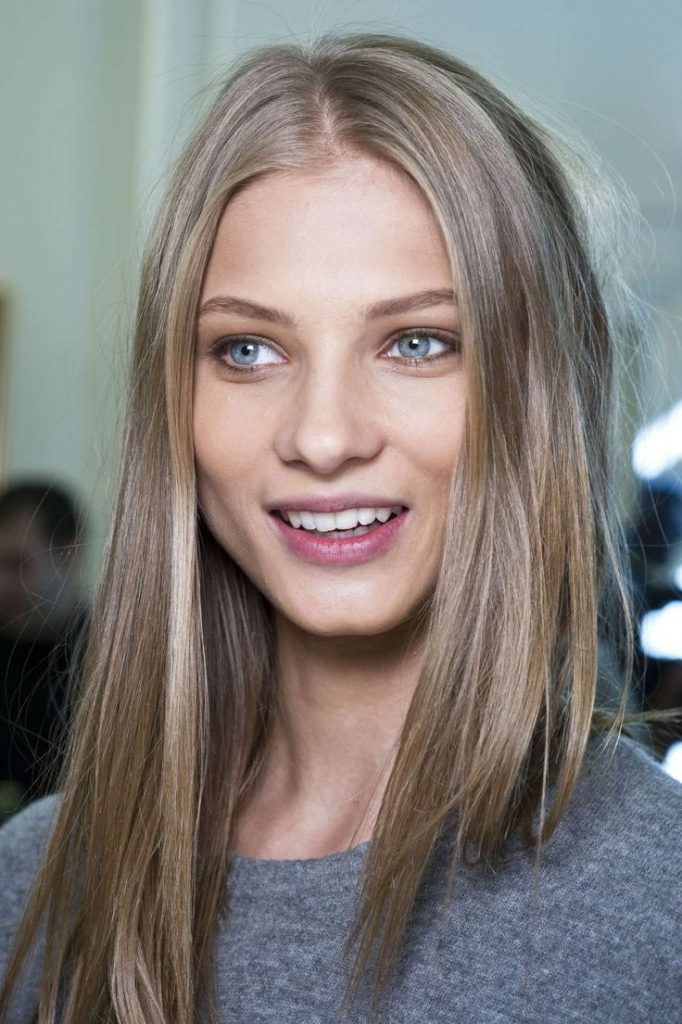
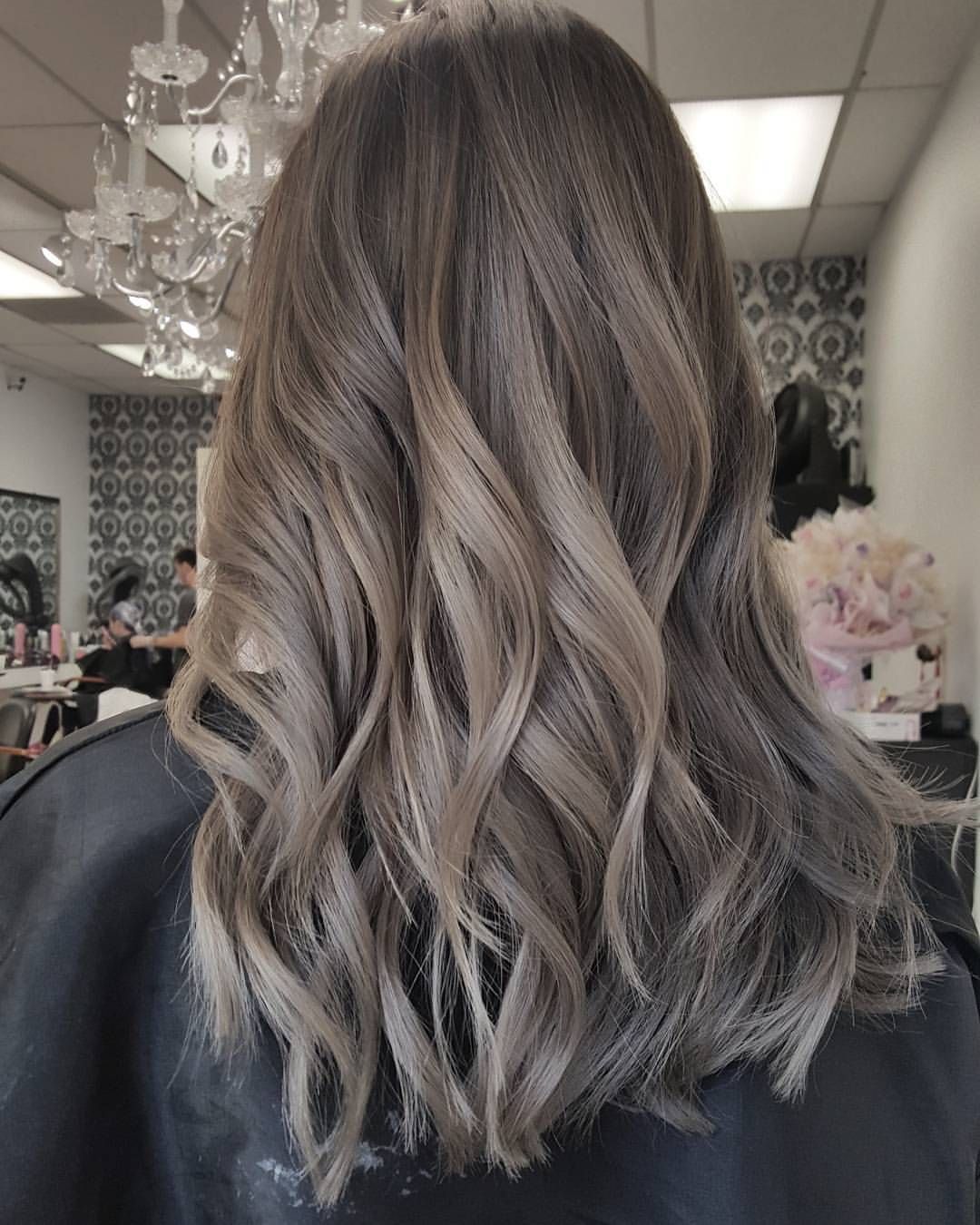
Advice! To determine the type of skin, just look at the translucent veins. If they shine blue, you are of the cold type, if green, you are warm.
Ladies of the first category are preferable to platinum-blond and ash-blond paints. And the representatives of the second are impressed by caramel-blond, golden-blond and wheat-blond tones.
Light blond
There is also a wide variety of subtones here. Their main advantage is that they look natural. This color is especially charming on fair-skinned beauties with clear blue or light gray eyes.
One of the wonderful representatives of this palette is wheat-blond, as if radiating a warm glow. Whether it was given from birth or acquired as a result of painting, it looks incredibly stylish and attractive. It shines in different ways under different lighting conditions: coffee, bronze, and even honey chords are visible.

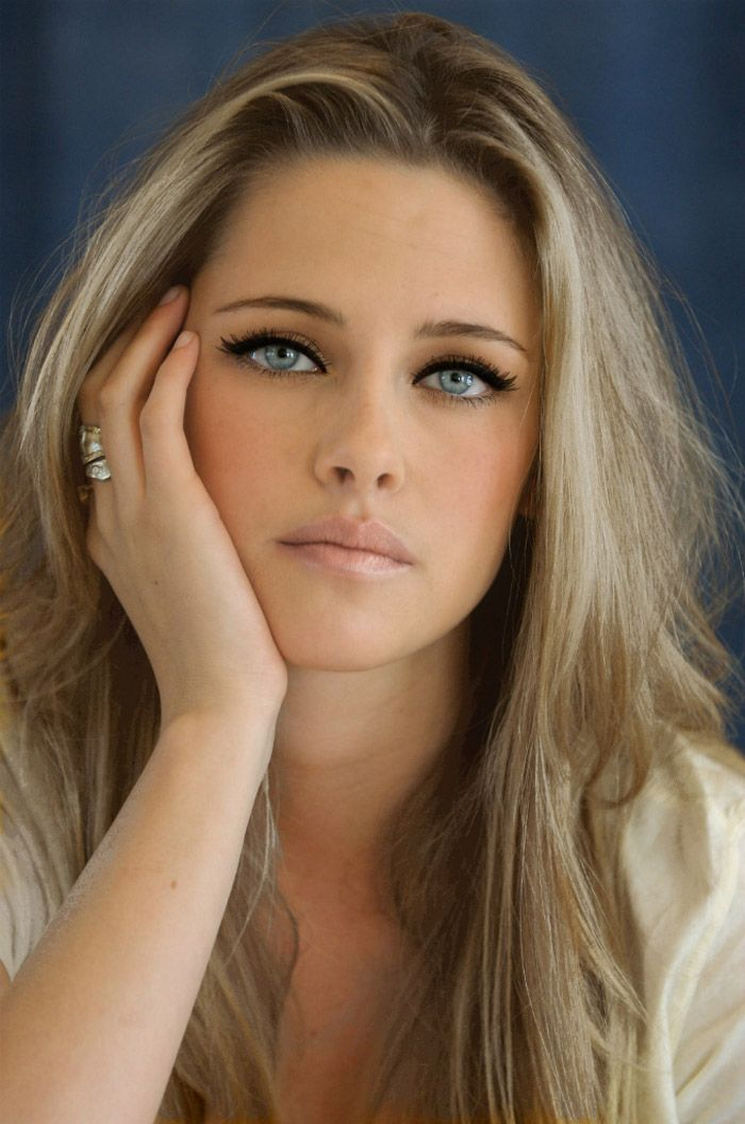

And in golden blond they successfully combined honey with caramel, making it incredibly attractive and trendy. It behaves perfectly when lightening individual curls, it is combined with any type of appearance.
Advice! If you want to slightly lighten the natural color, you should not immediately run to the beauty salon. First, try to lighten your hair with natural improvised means: lemon juice, chamomile or saffron decoction. Even if the result is not noticeable, such procedures will only benefit the hairs, in addition, they will get rid of the unpleasant yellowish sheen.
Staining rules
Natural light brown is considered the dimmest, it is not surprising that many beauties are trying to give it intriguing notes, depth and saturation, resorting to the services of colorists. The undoubted advantage is the excellent flexibility to artificial colors. Without much effort, you will be able not only to dye yourself not only in colors close to the original, but also to become a pampered blonde, red-haired heartbreaker or a strict brunette. Bright tips or individual strands look intriguing.
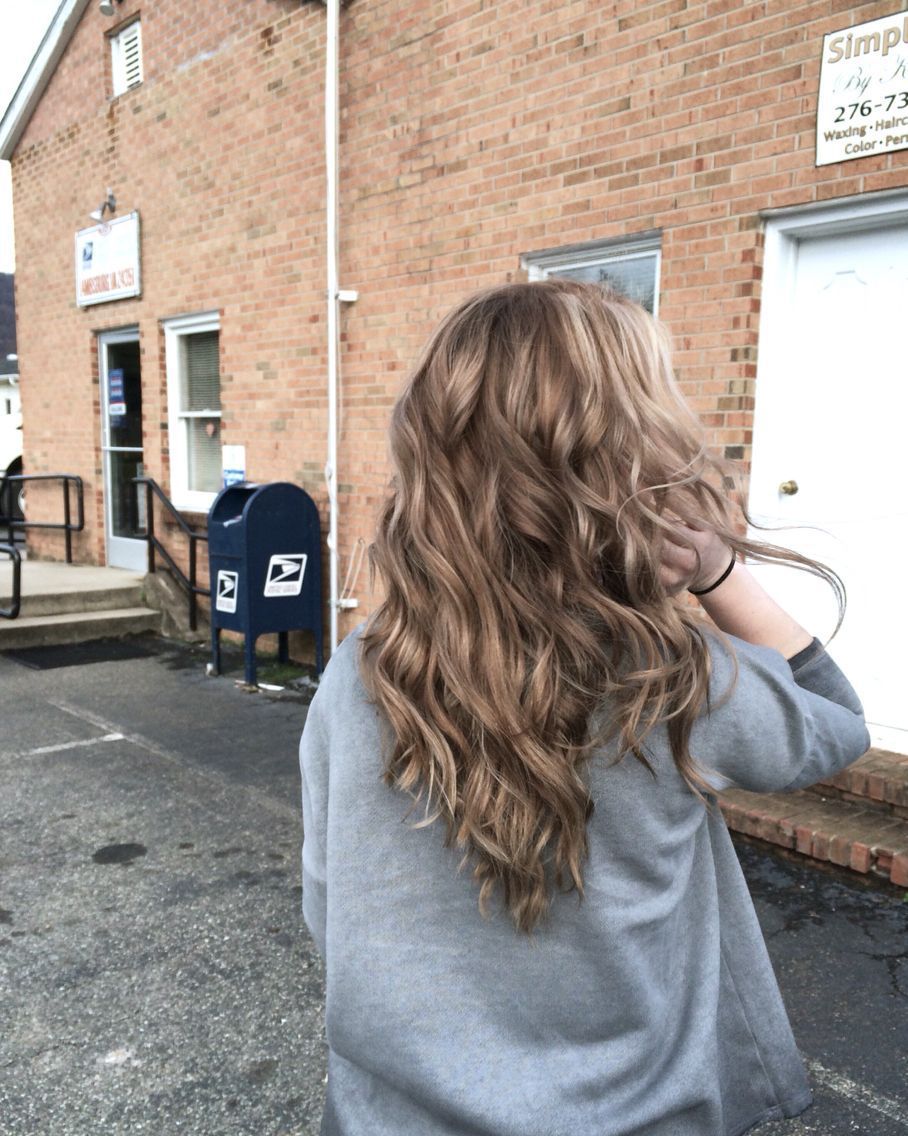
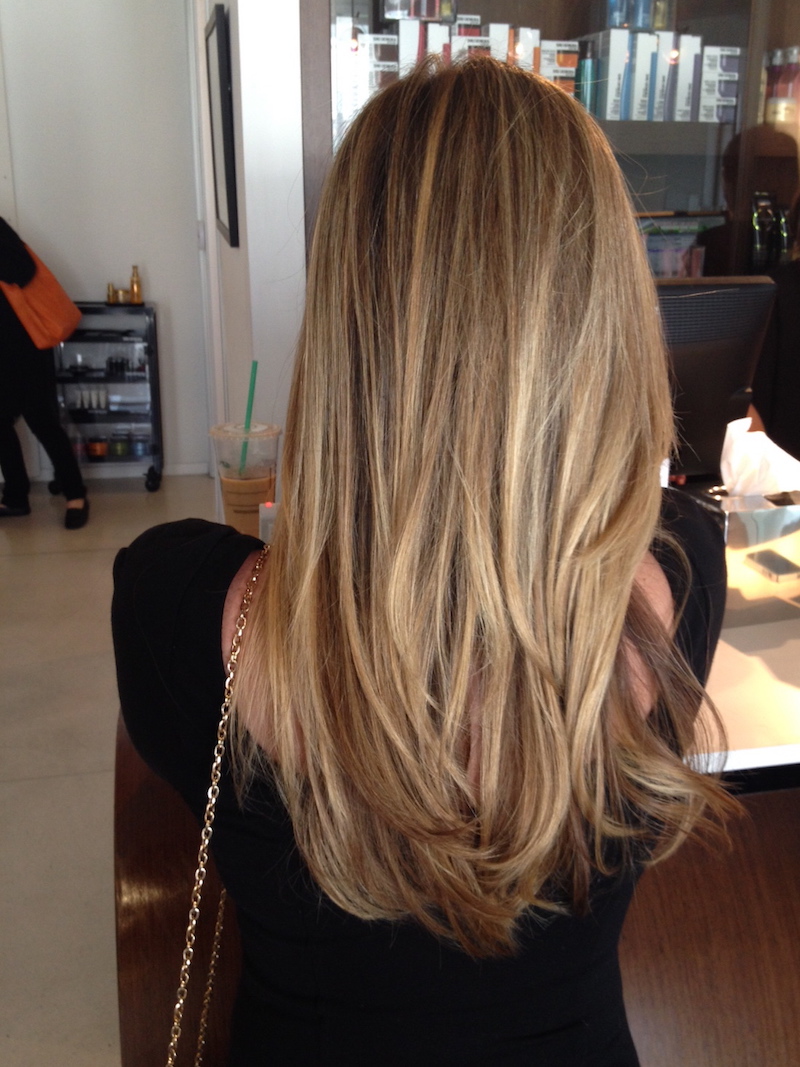
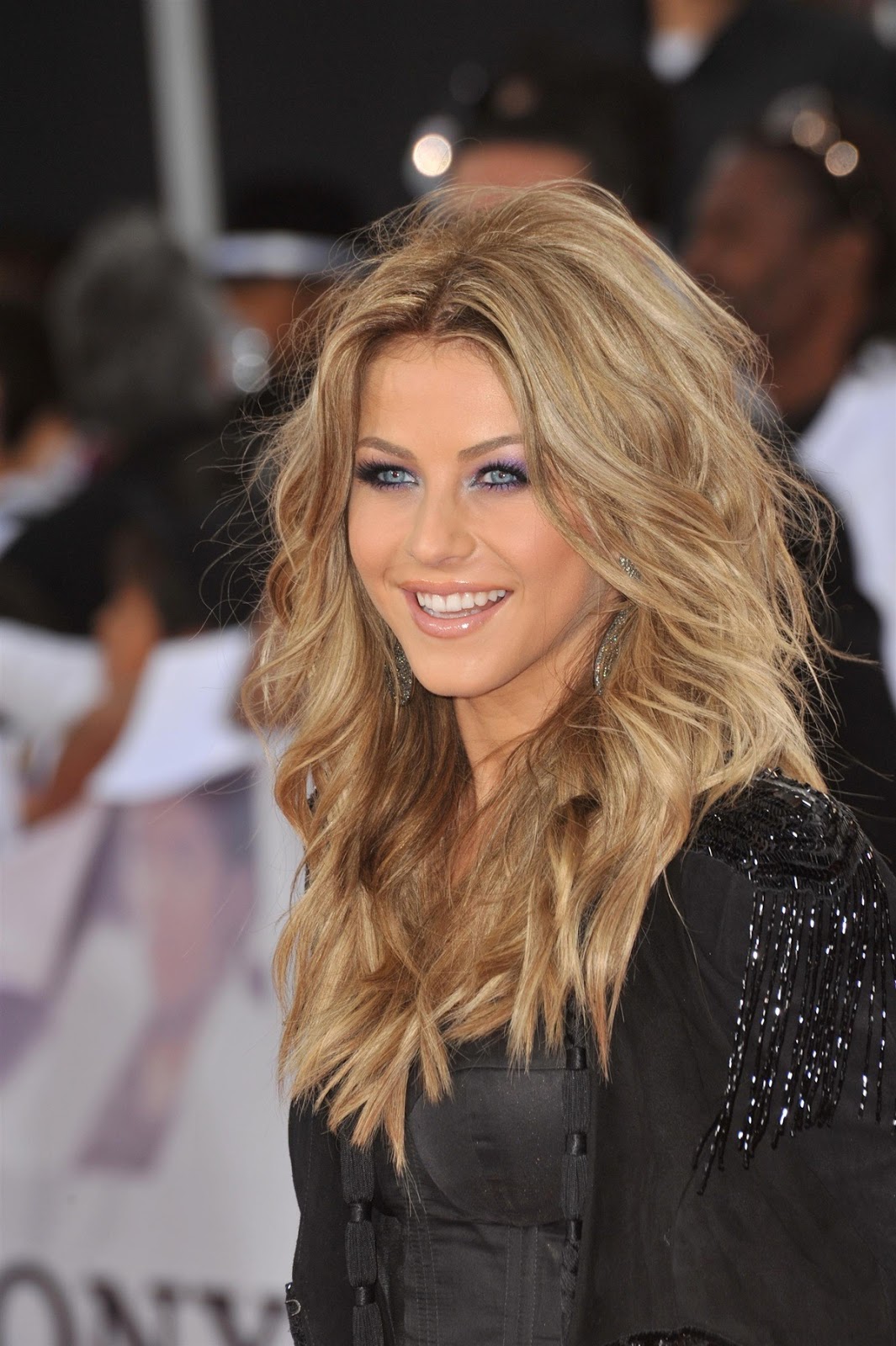
In general, the procedure for painting light brown strands is practically no different from working on dark or light hair:
- Before applying the coloring composition, test for allergies on the bend of the elbow or other part of the skin. If in doubt whether the pigment will be taken, treat an inconspicuous strand by dropping a very little emulsion into the solution. As a result, it will be possible to decide whether to continue what was started;
- divide the hair into separate zones, always start from the back of the head, gradually making your way to the temples. The fact is that in this zone the hairs are thicker, therefore, the reaction takes longer;
- lubricate ears, areas near the neck and forehead with petroleum jelly or greasy cream to prevent the absorption of pigment into the skin;
- for a brighter result, do not keep the composition longer than indicated by the manufacturer. So you will only burn the hairs, and this will not affect the result in any way;
- at the end of the procedure, wash your hair and apply the supplied balm.
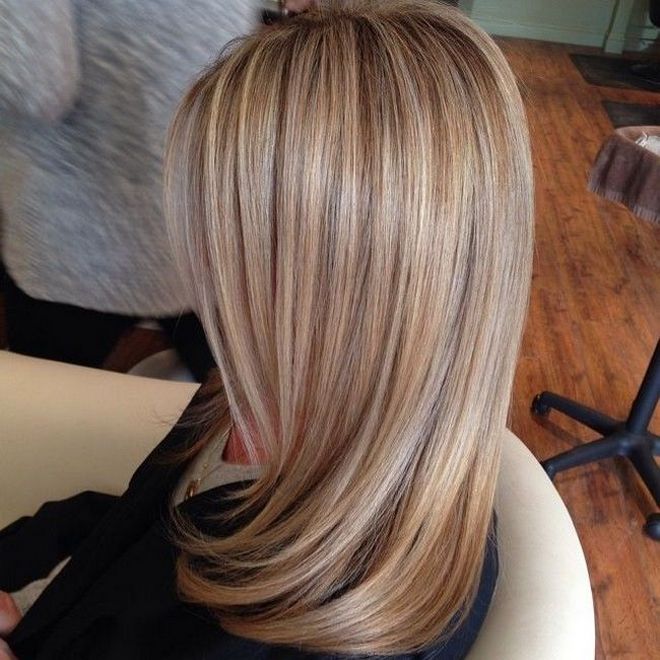

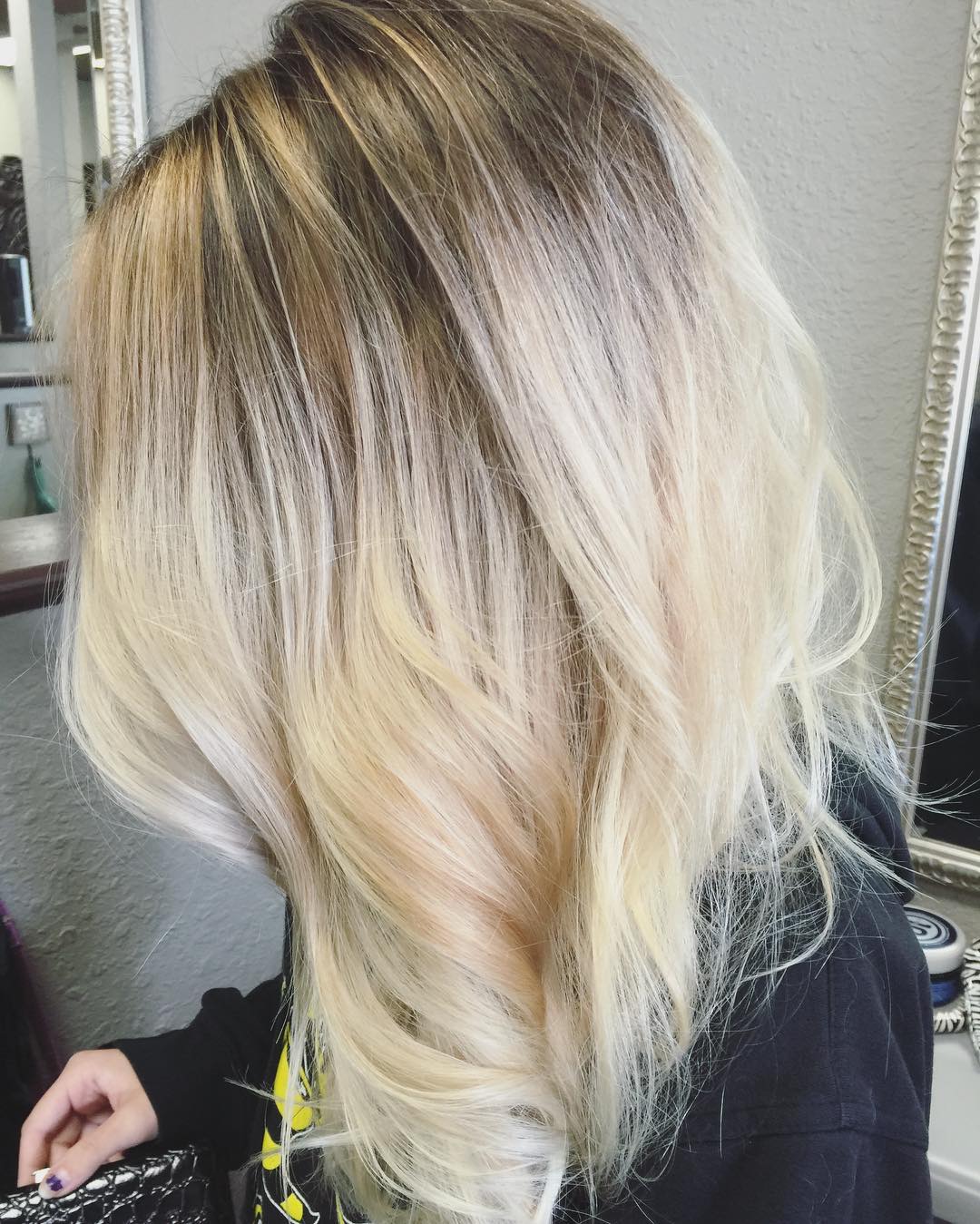
Advice!Do not try to color during critical days. The release of some hormones into the bloodstream can provoke an incorrect expression of the pigment.
Options for fashionable painting methods
We all know that naturalness is in fashion today in almost everything: in makeup, clothes and shades of hair. That is why the creation of the effect of burnt-out clouds, glaring ombre, 3D coloring, shatush, babeilights and some types of highlights look so wonderful.
It is important to remember that a partial study of the pigment with a pigment does not harm the hair structure so much, since the harmful composition does not affect the entire head of hair, but only individual curls. Such a hairstyle does not need to be updated frequently, it is enough to make an adjustment every 2 months.
Advice!Buy a 3% or 6% oxidizer if clarification is needed. By purchasing a product with a higher percentage of oxidation, you run the risk of severely damaging the hairs and getting ugly yellowness.
The information provided below will help you choose the right offer.
Shatush
This technique is best revealed on fair-haired beauties, enlivening and making their native color shimmer with warm colors. Assumes chaotic processing of individual strands in several close semitones. In this case, the lightest are concentrated at the ends of the face.
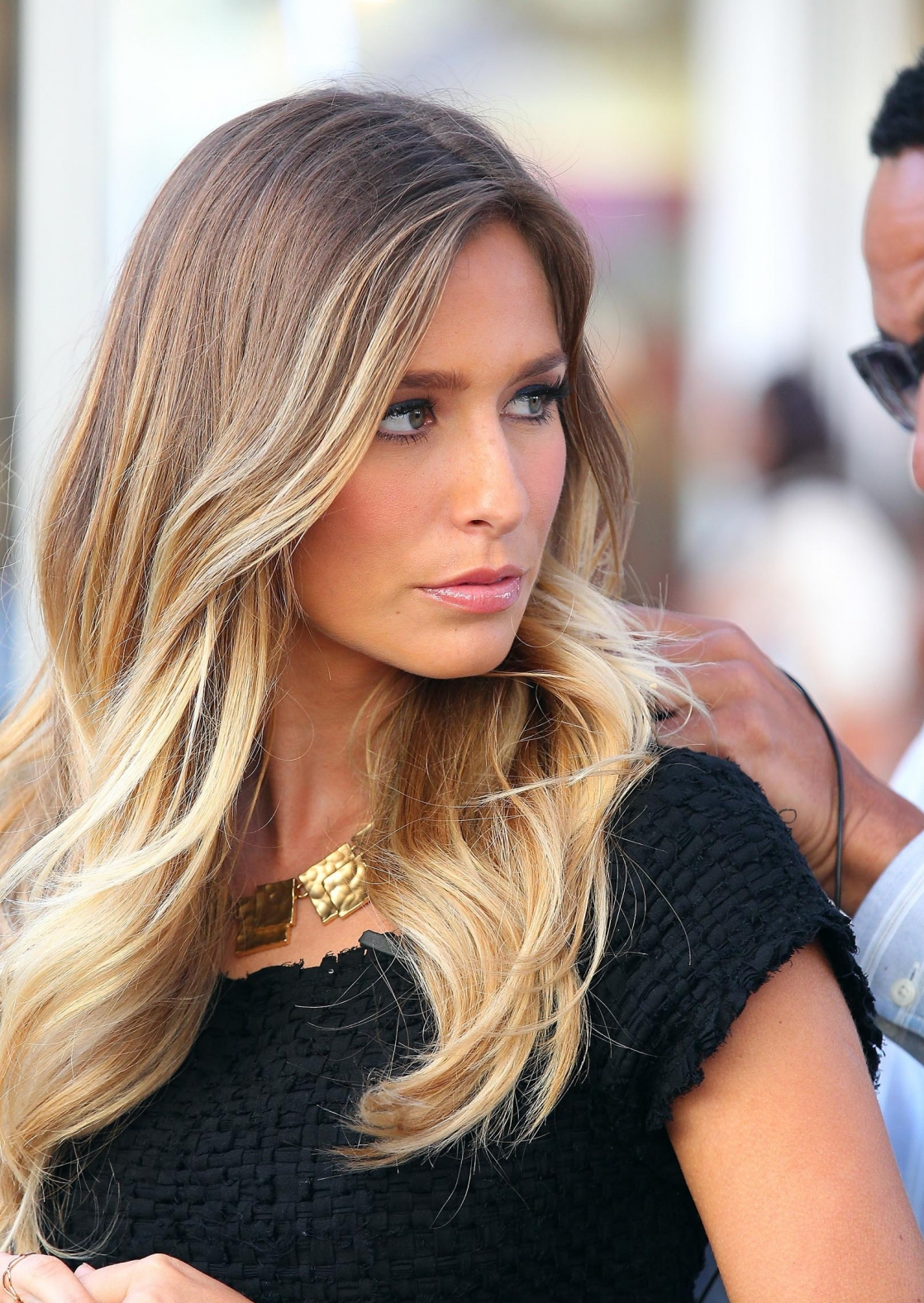
This approach does not give a cardinal change of image, but visually throws off the hostess 5-10 years old. Also shatush skillfully transforms the hairstyle, gives it volume and liveliness, while maintaining its original simplicity.
Advice! Variations of golden, ash, wheat, nutty, white, pearl are equally suitable for radiant light brown undertones. But it is wrong to choose the scale used purely for visual reasons, you can overshoot in the direction. So the warm color type is in harmony with the representatives of the golden palette, and the cold one - with variations of silver, ash and other cool undertones.
Ombre
Smooth color overflows from natural roots to bleached ends with a clear border also look charming on fair-haired women of fashion. Gradient transitions are combined with both straight and curled curls, they envelop a woman with charm and magnetic appeal.

There are many types of ombre:
- classic - a smooth transition of two semitones;
- booking - a line-by-line flow of related colors;
- splashlights - with a horizontal strip in the middle of the haircut. The effect resembles a sun flare;
- triple gradient - more extended overflow;
- the opposite is the transition from light roots to darkened ends.
At the same time, it is permissible to tint the ends not only in the usual lightish colors, but also in very catchy red, plum, burgundy and other colors - it turns out boldly, non-standard and very original.
Balayazh
He is a close relative of the shatusha. The difference lies in the depth of treatment of curls. Balayazh implies their superficial study, and the second method is more thorough. In addition, color stretching occurs vertically. The composition is applied to the ends, taking in a maximum of one third of the entire length. The qualitative result is a creation that resembles burnt-out strands.
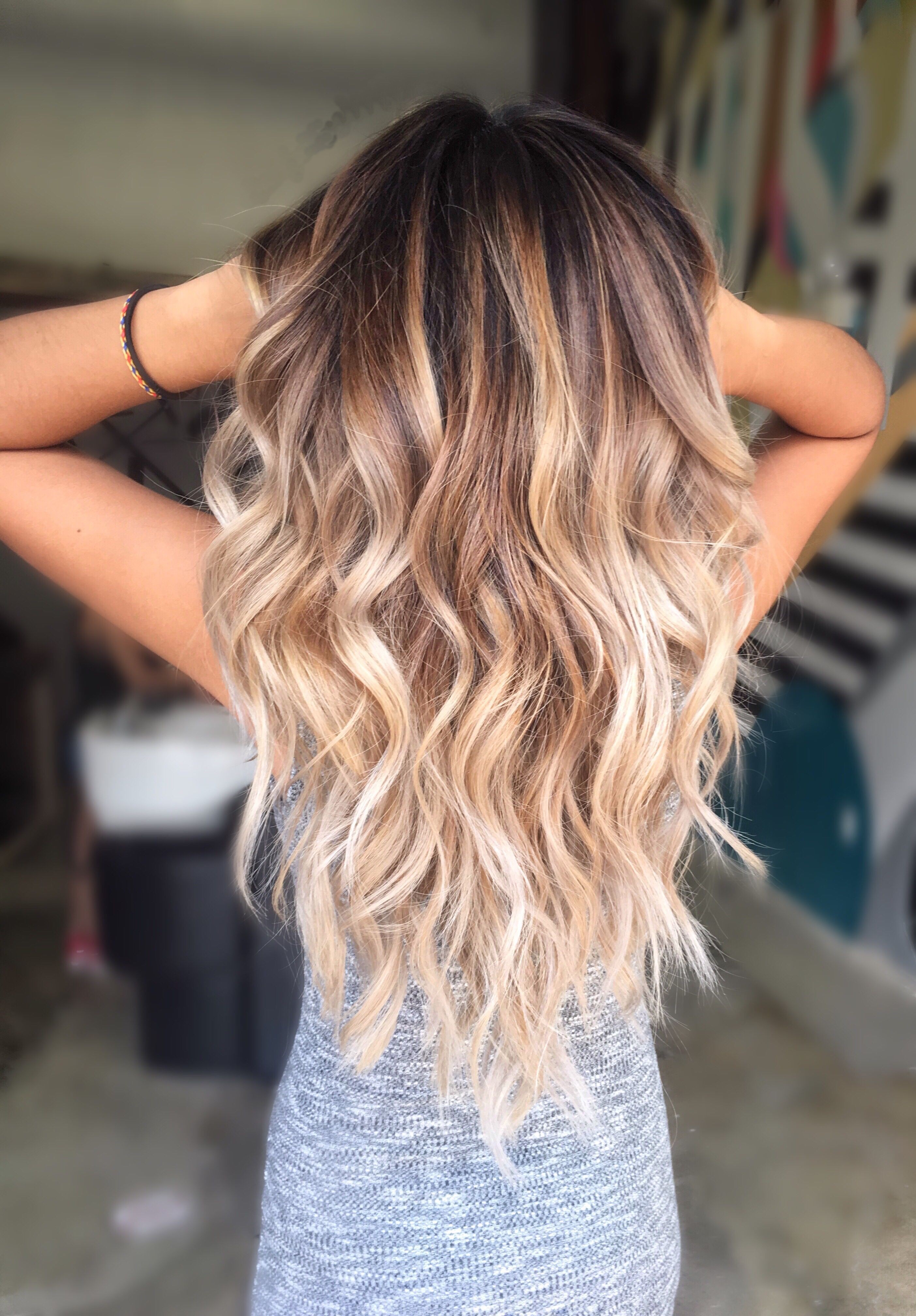
Advice! The optimal choice for dark blond hairstyles are shades of milk chocolate, golden and reddish-bronze. Light blond will make friends with wheat, nut and honey. Ladies with grayish eyes and snow-white skin should take a closer look at the pearl and ash notes.
This is not to say that balayazh is one of the most difficult procedures. But it is better to trust a professional colorist in this matter, who, based on the features of his appearance, can choose a harmonious palette of halftones,that will look unbeatable and create the desired impression.
Highlighting
This approach is less costly than the previous ones, in the traditionally selected strands are lightened with a special composition, sometimes the rest of the hair is toned.
However, progress does not stand still, experienced colorists have invented many variations of the classical method in order to satisfy the needs of whimsical clients. For example, everyone knows california highlights looks more natural, since the work includes about 3-5 subtones of the base color.
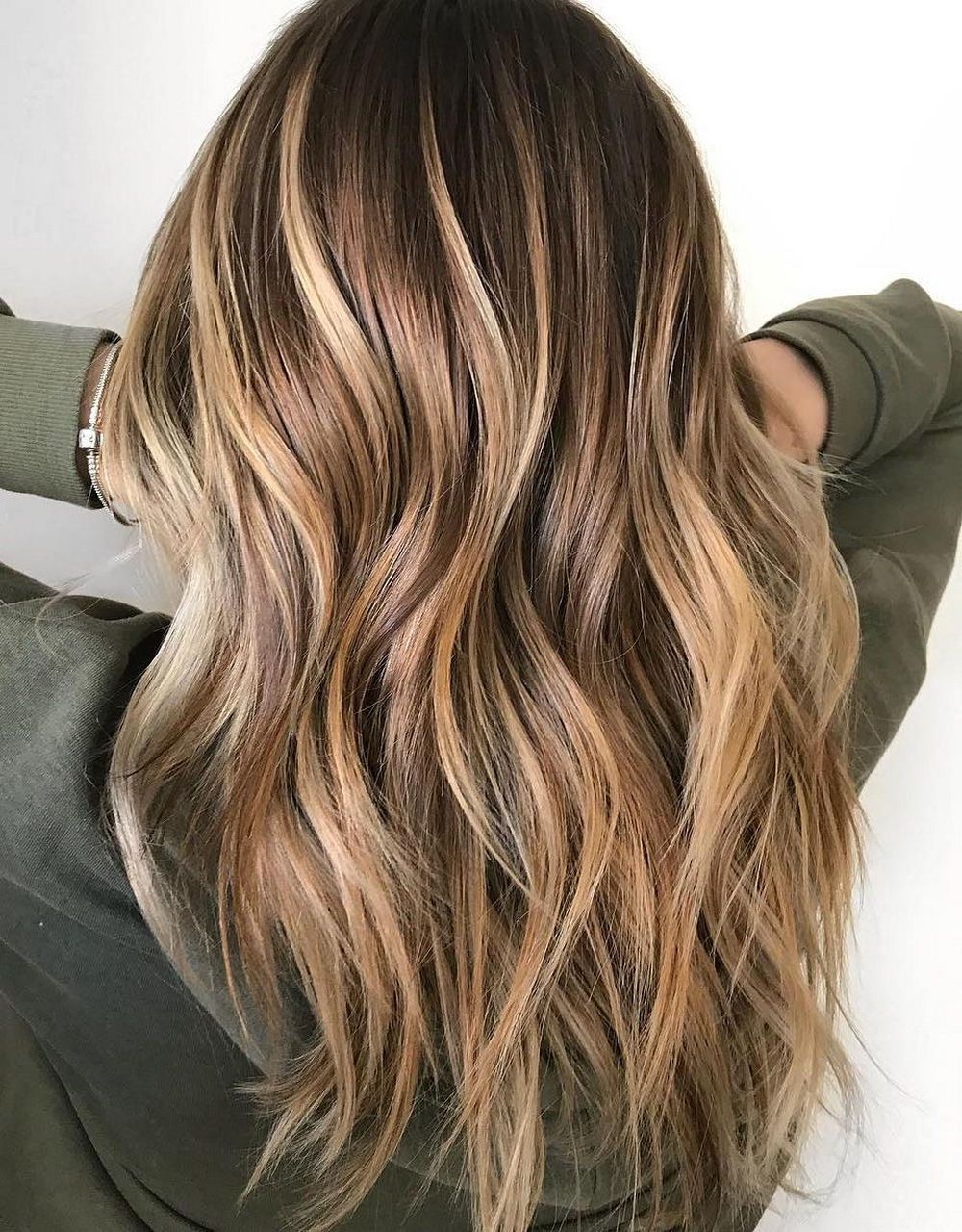
There are other subspecies:
- French is a frequent choice of fair-haired beauties. It consists in a delicate, barely perceptible lightening of the selected hams by no more than 3 semitones. Looks great on short, and on long haircuts;
- partial (zonal) - the beams are selected in separate zones, most often in the temporal region, on the bangs or over the entire surface of the head;
- Californian - a striking feature of this technique is the absence of visible boundaries of shade transitions;
- Brazilian-French - occurs in two etas. On the first, the curls are lightened, and on the second, the master tints them;
- Venetian - similar to Californian, but amber undertones are used here. The paint is applied to the ends, then with a brush it is pulled up to the middle.
The choice of paint: the main criteria
This question is important, because from a poor-quality product there is a risk of injuring the hairs, and it is not easy to return them to their previous healthy appearance.
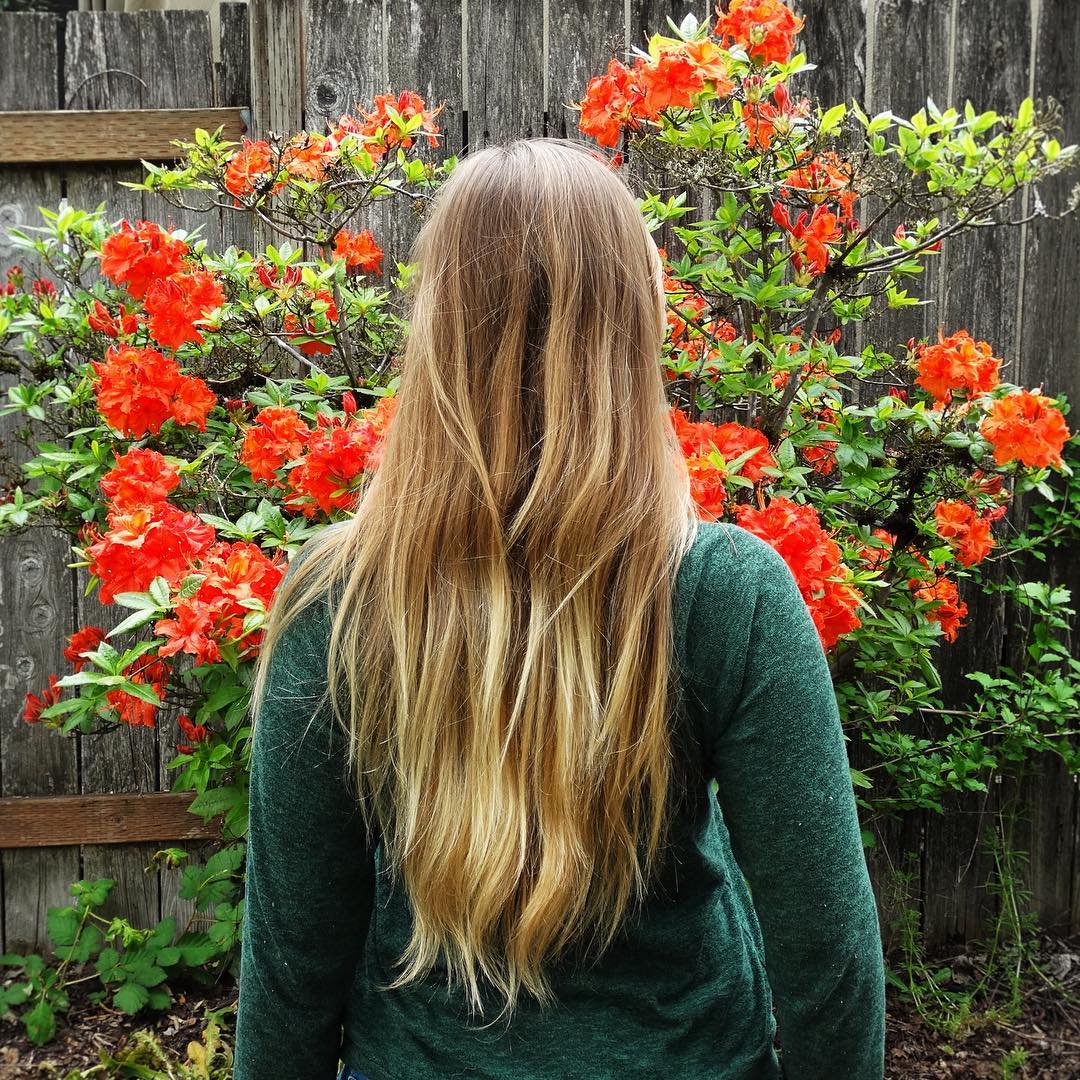
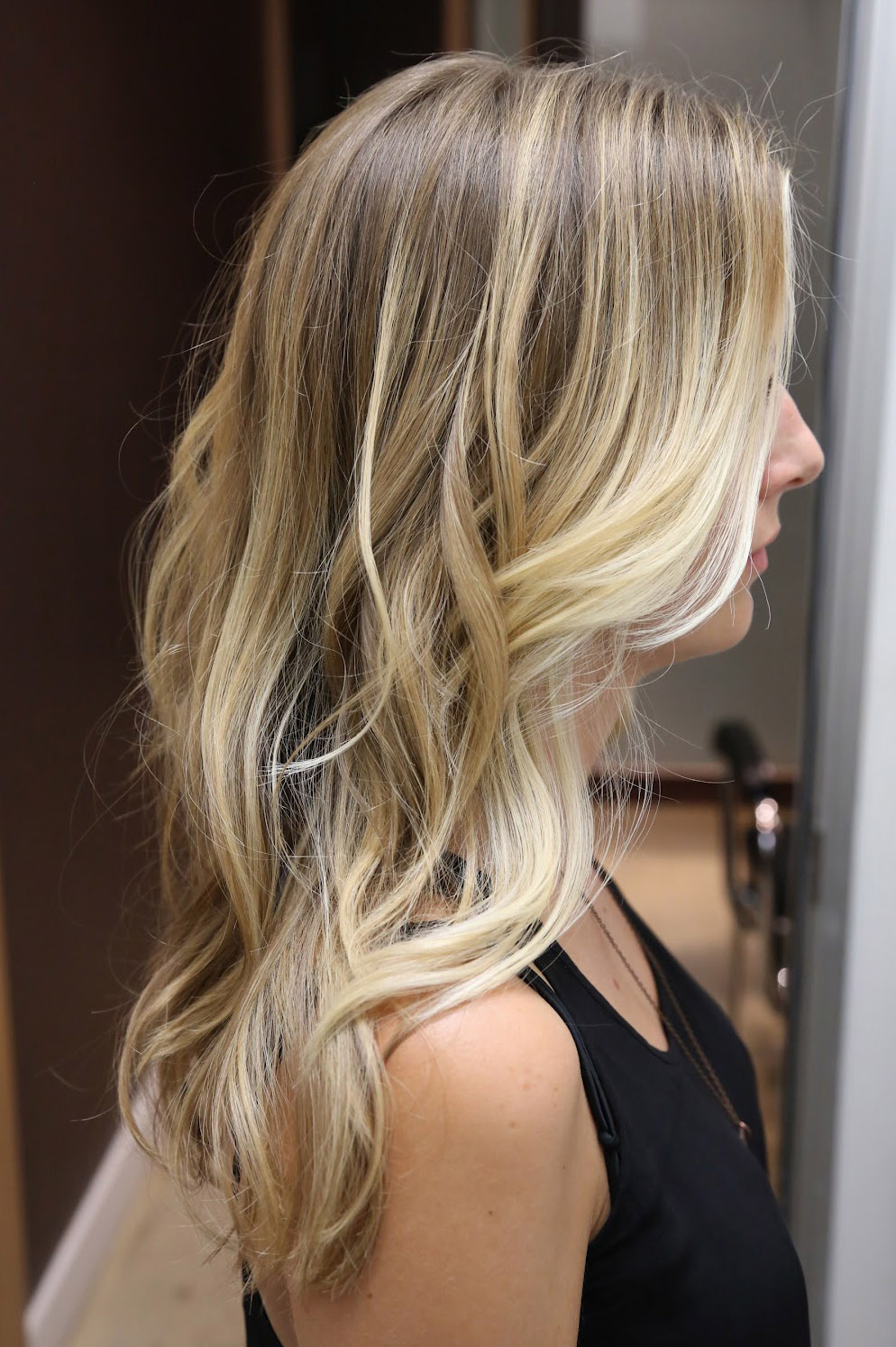
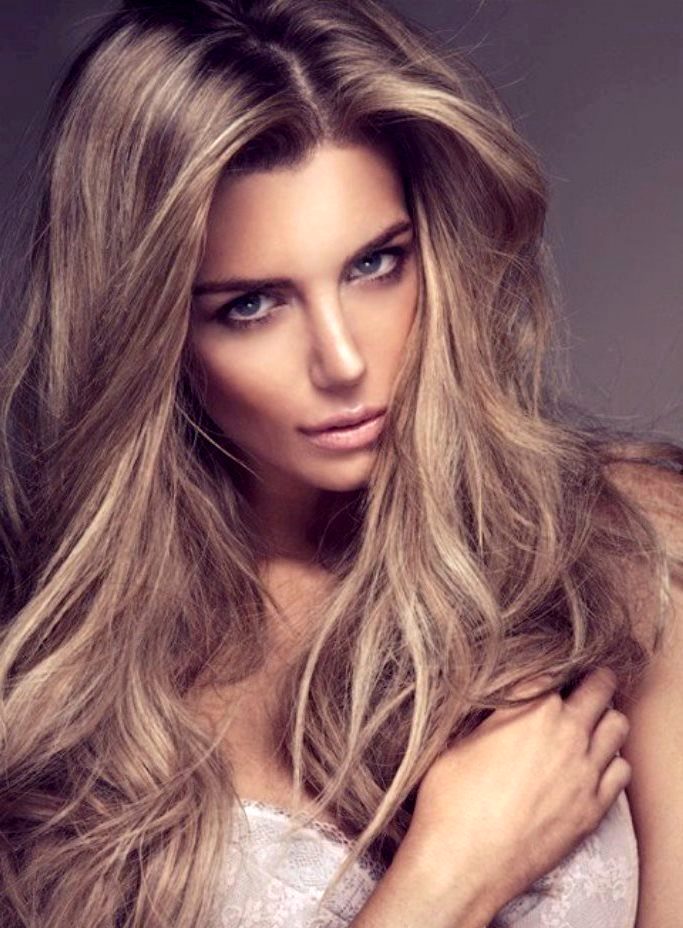
When buying a coloring agent, pay attention to the following nuances:
- type (permanent, semi-permanent or tint) - depends on the required durability and the expected result;
- the percentage of peroxide - the less the better. For light blond strands that do not require significant lightening, 3% is quite suitable;
- the presence of salts of heavy metals in the composition (zinc, manganese, lead) is a sign of poor quality;
- expiration date - expired product may cause allergies;
- detailed instructions in an understandable language - a chemical product must be accompanied by an explanation from the manufacturer;
- complete set - cellophane gloves, protective cap. If they are not included, do not forget to purchase them separately.
Beauty is a powerful force. Let's use it properly.

